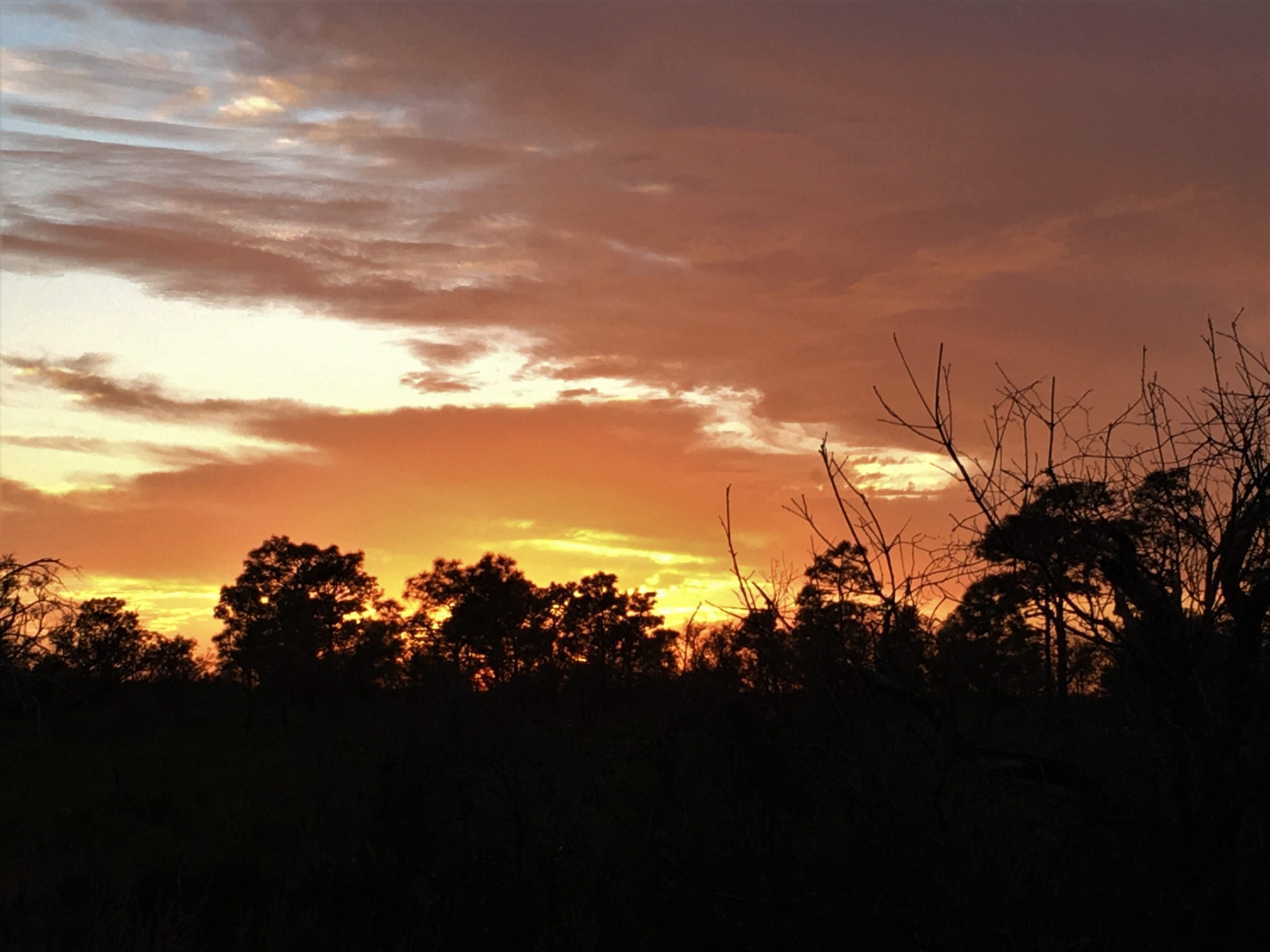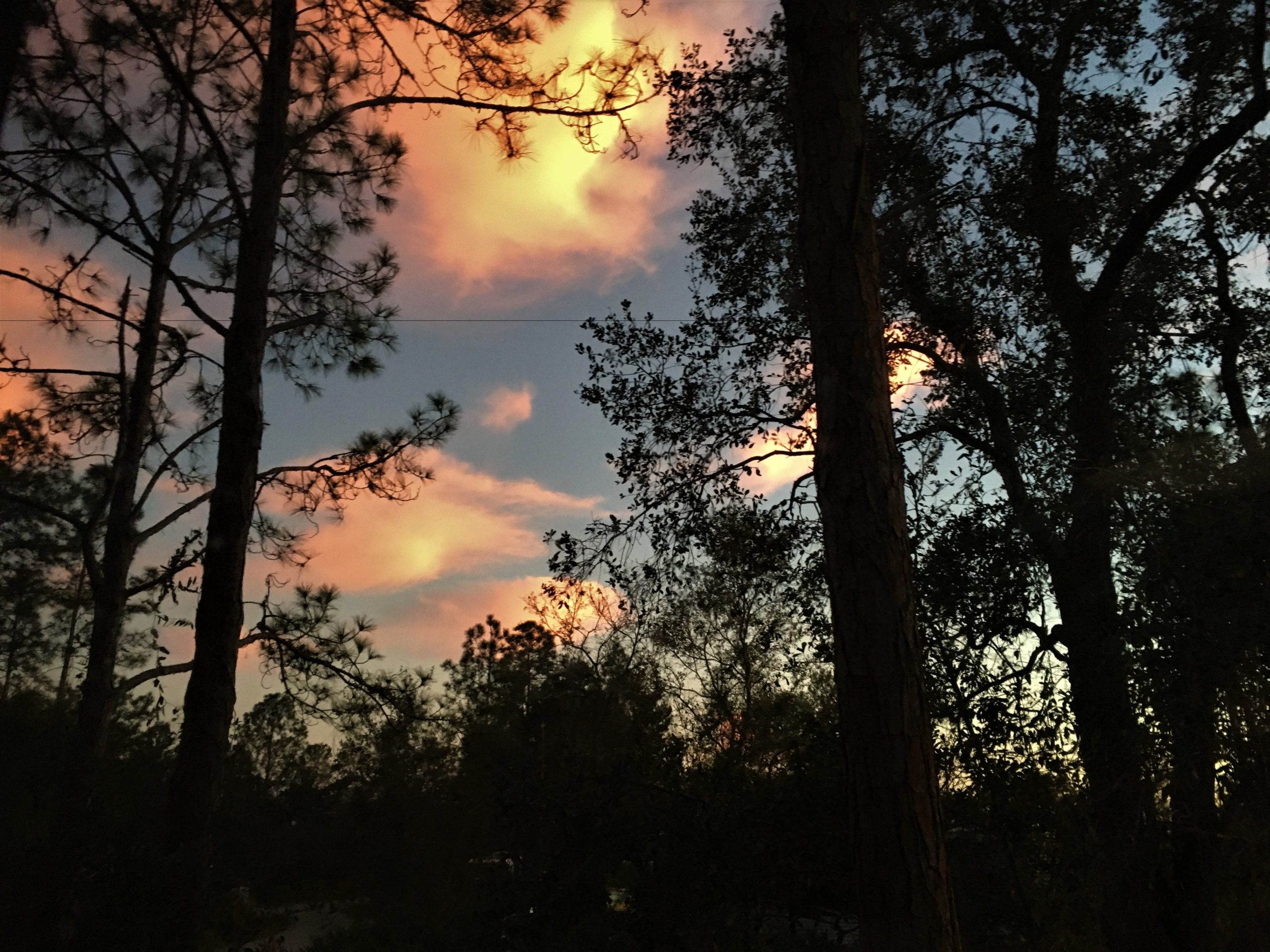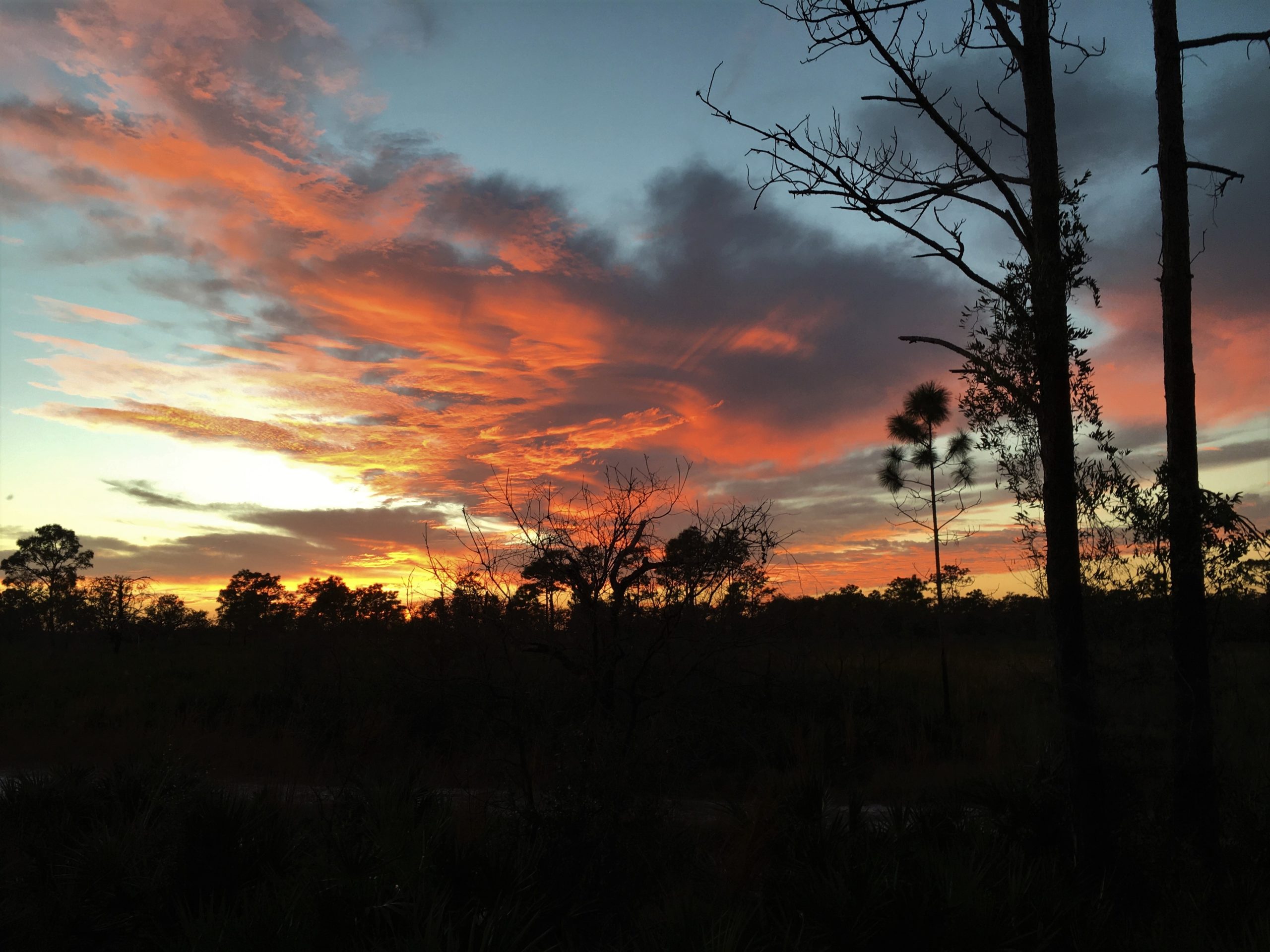Lake Manatee State Park, Bradenton, Florida
The LORD said to Abram after Lot had parted from him, “Lift up your eyes from where you are and look north and south, east and west. All the land that you see I will give to you and your offspring forever. I will make your offspring like the dust of the earth…Go, walk through the length and breadth of the land, for I am giving it to you”. So Abram…went to live near…Hebron, where he built an altar to the LORD. ~ Genesis 13:14-18
God keeps His promises! Always! FYI – Hebron is where David began his life as King.

We set out for shopping and sightseeing today.
Our first stop was one of those large outdoor shopping malls they have around Florida – you walk around outside, but the walkway is partially covered? We arrived at 10:35am, assuming the stores opened at 10.
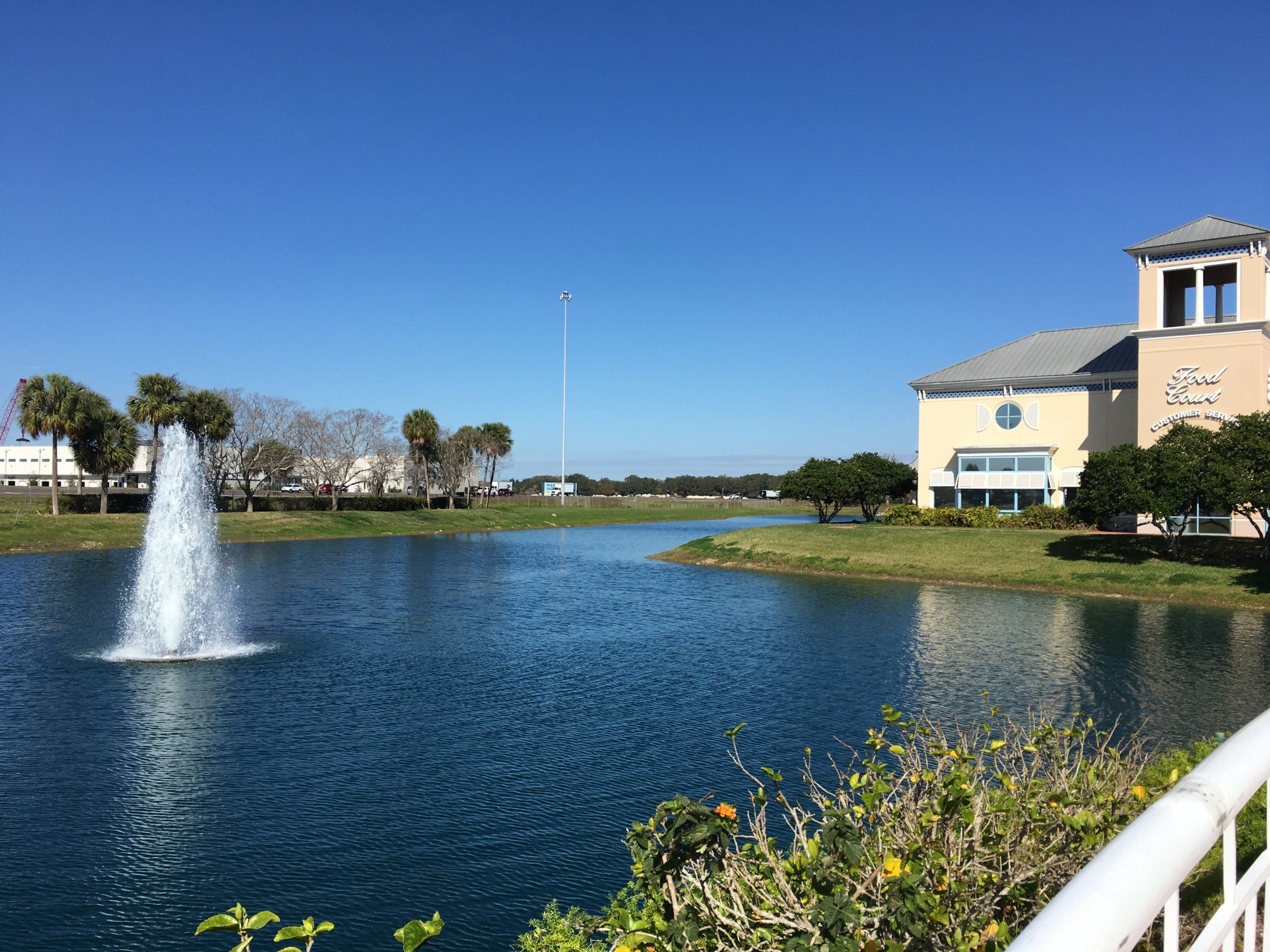
The view at the mall.
The building on the right is part of it.
Guess again. They didn’t open until 11! So we spent 25 minutes exercising by walking by all the store fronts. I don’t know how many there were – probably at least 50. But come 11am, we got what we needed, and left.
Up next was buying lunch. It’s Sushi Wednesday at Publix! Yay!!! Then we just had to find a place to eat. There was a small estuary park with a picnic table and no one around. Great lunch! We LOVE Sushi Wednesday!
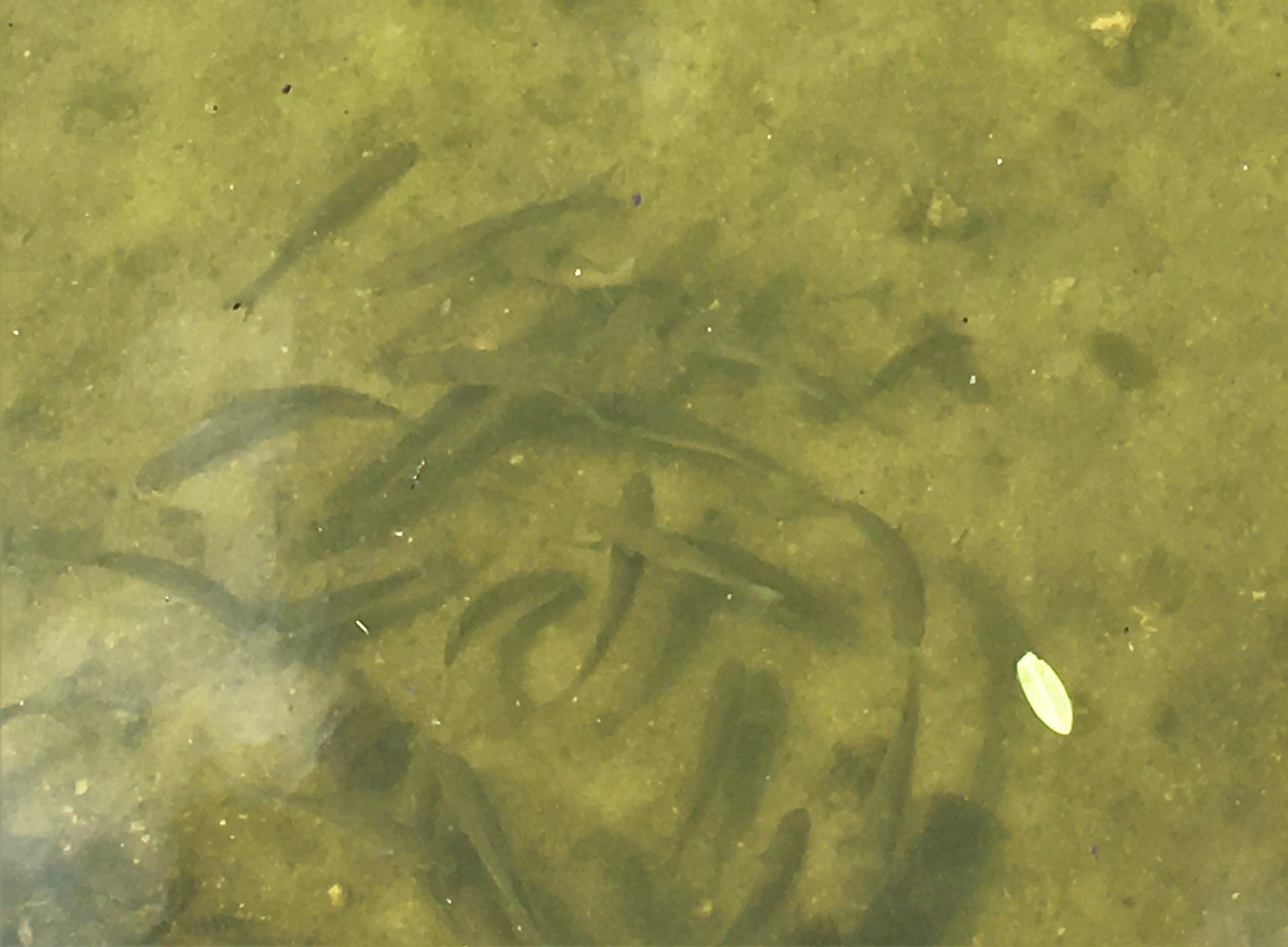

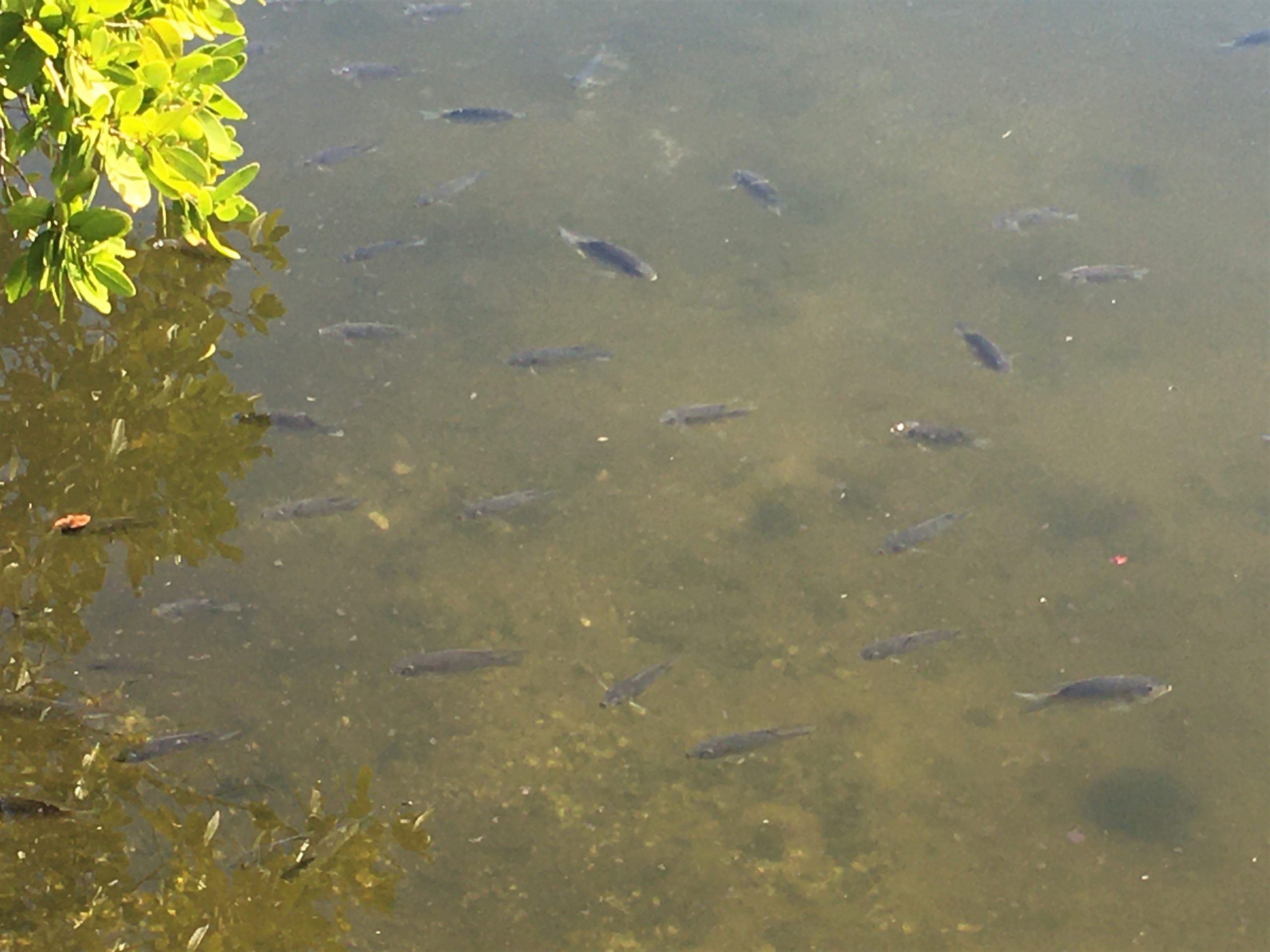
These guys looked like they were gulping air and water. Strange! 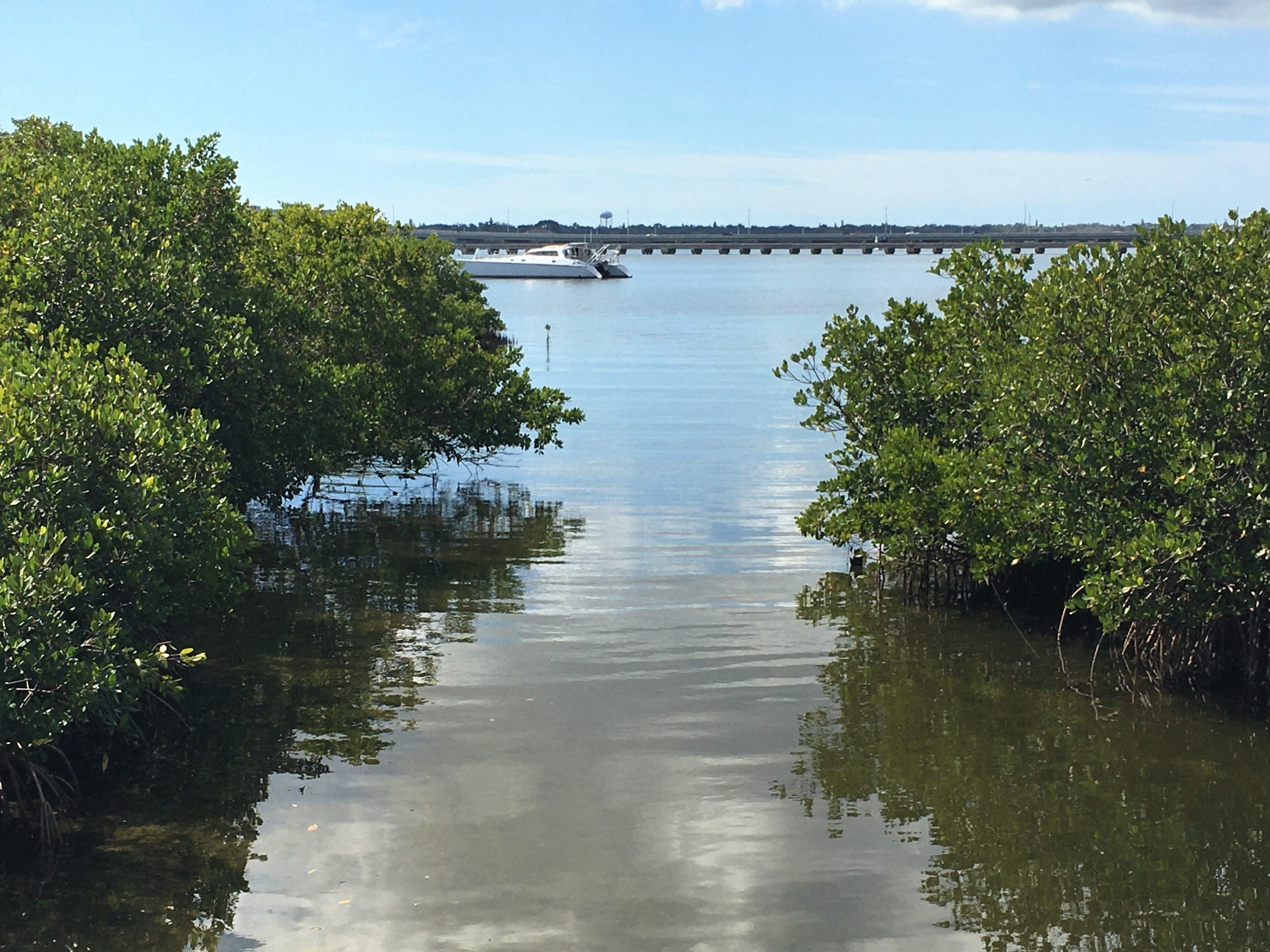
We never knew Blaine’s sister had a winter home! We discovered it when we went out today!
I sent her pictures, and sure enough – – she confirmed it’s true!
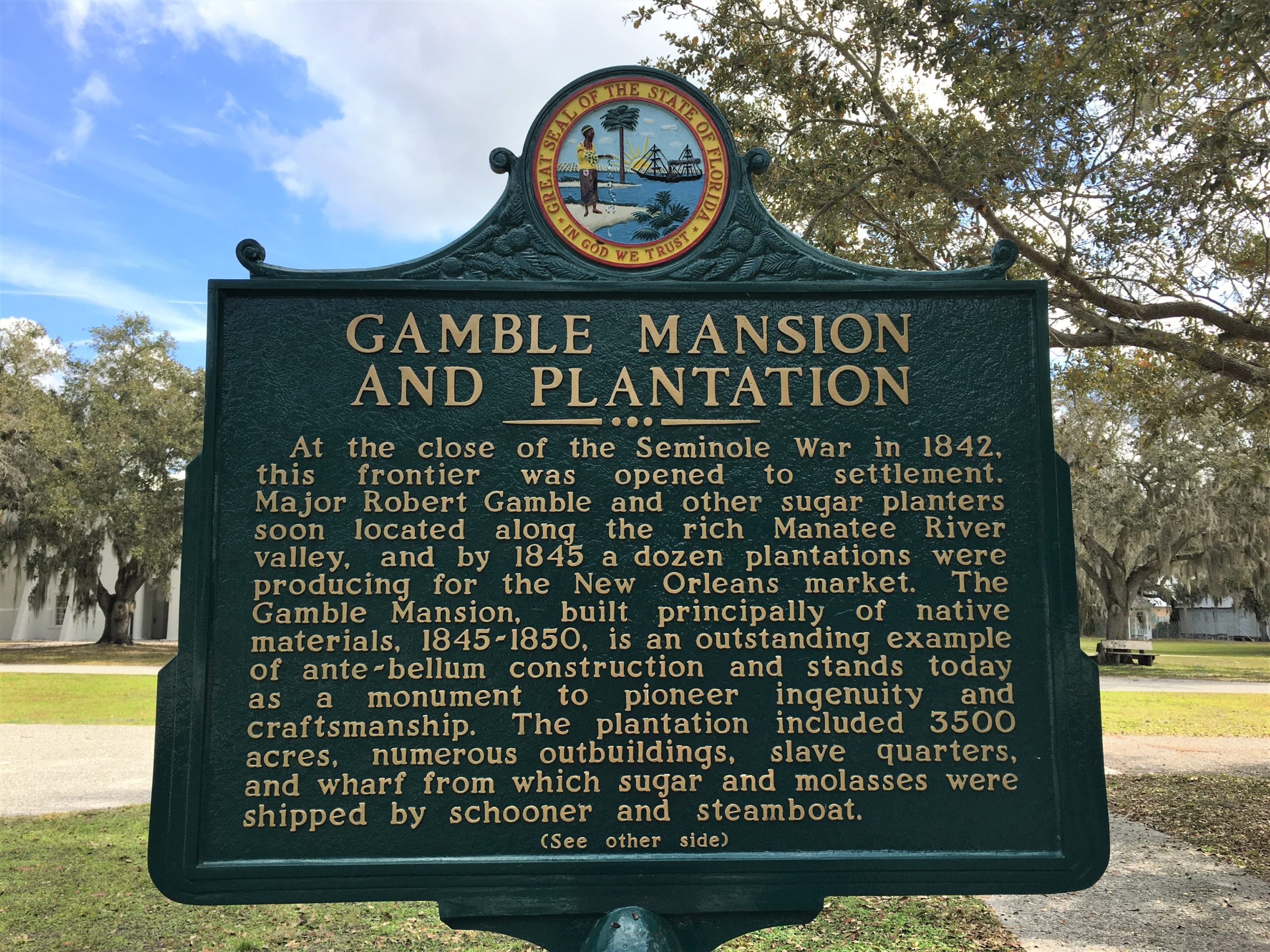
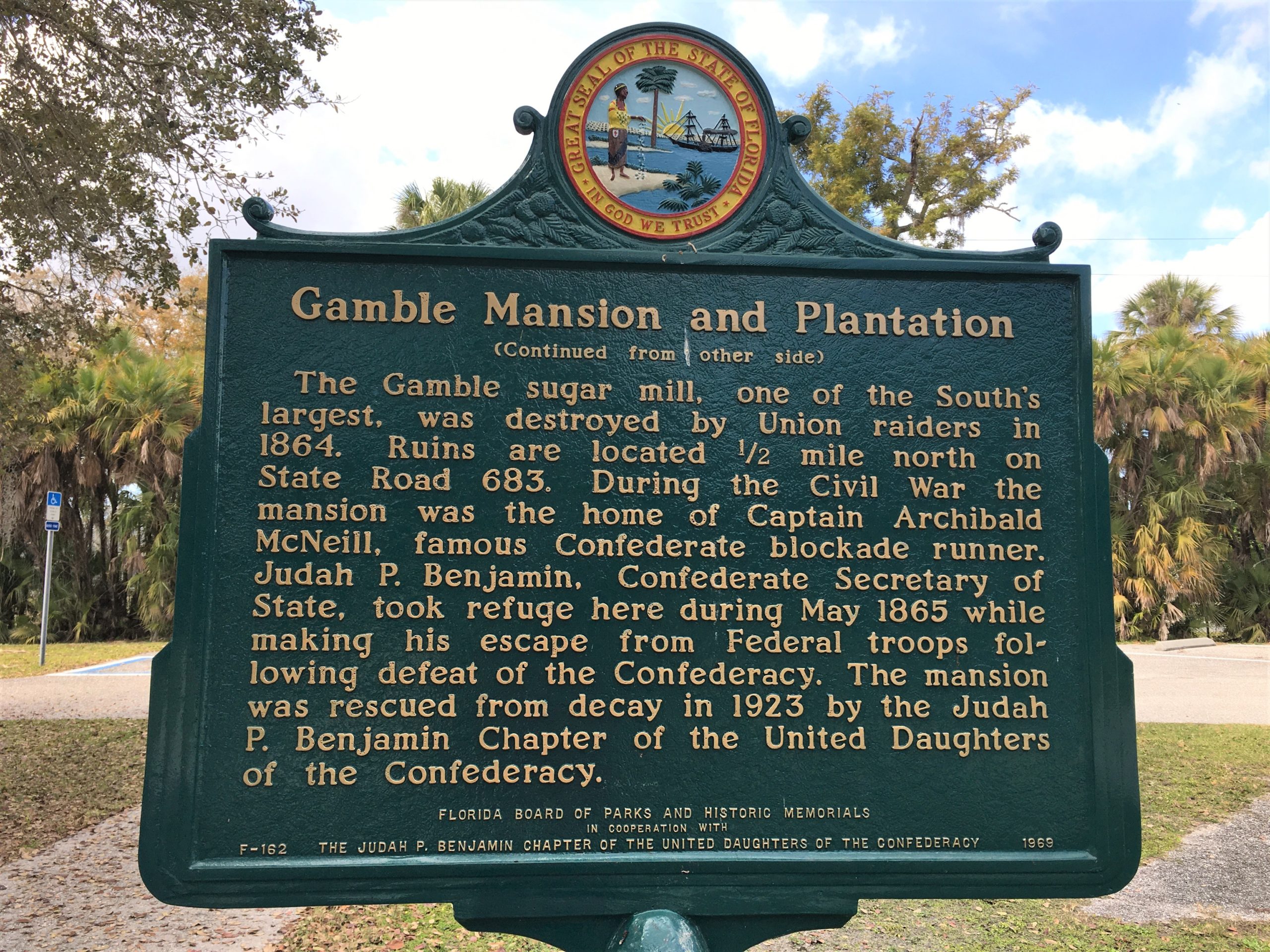
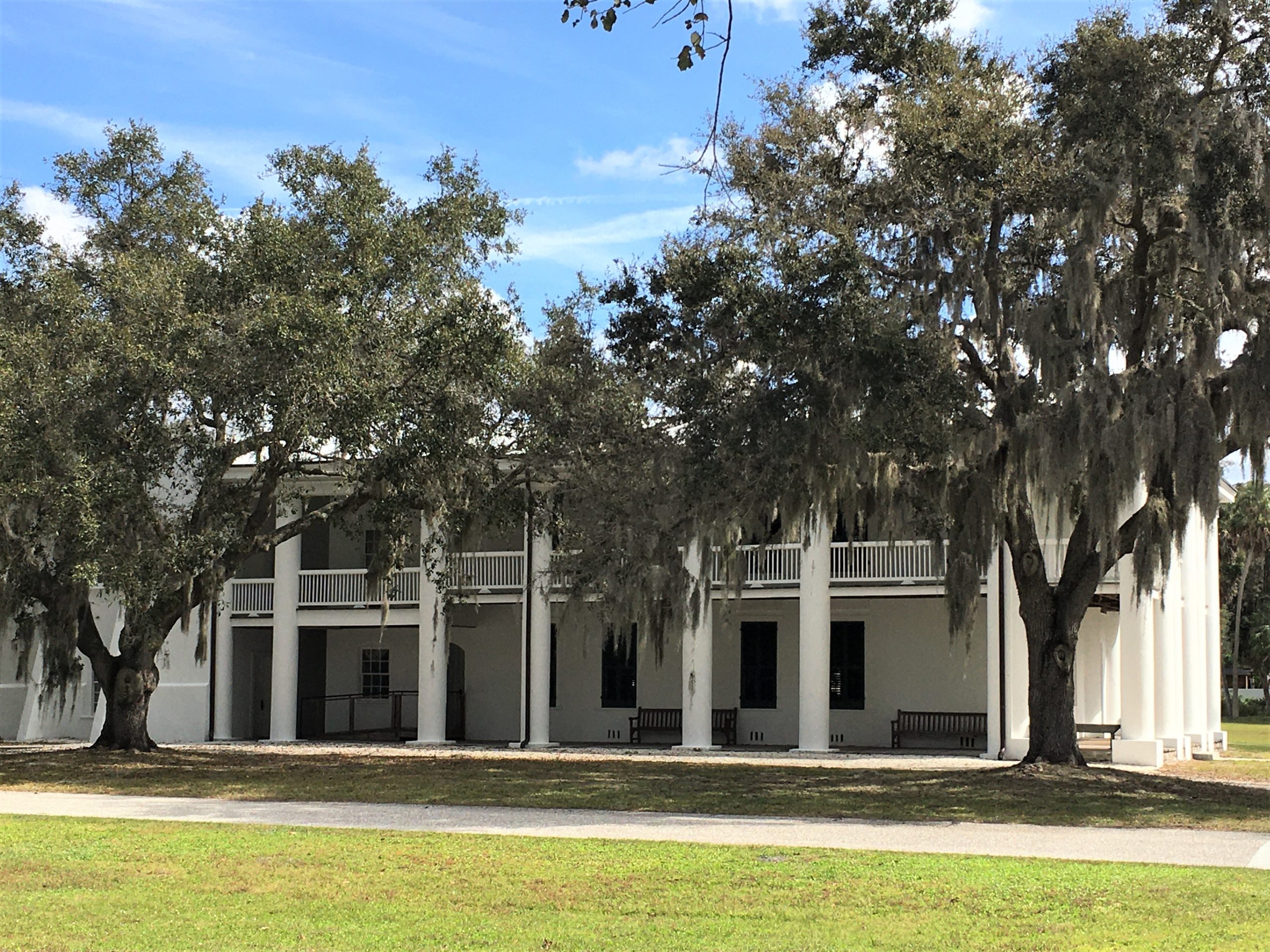
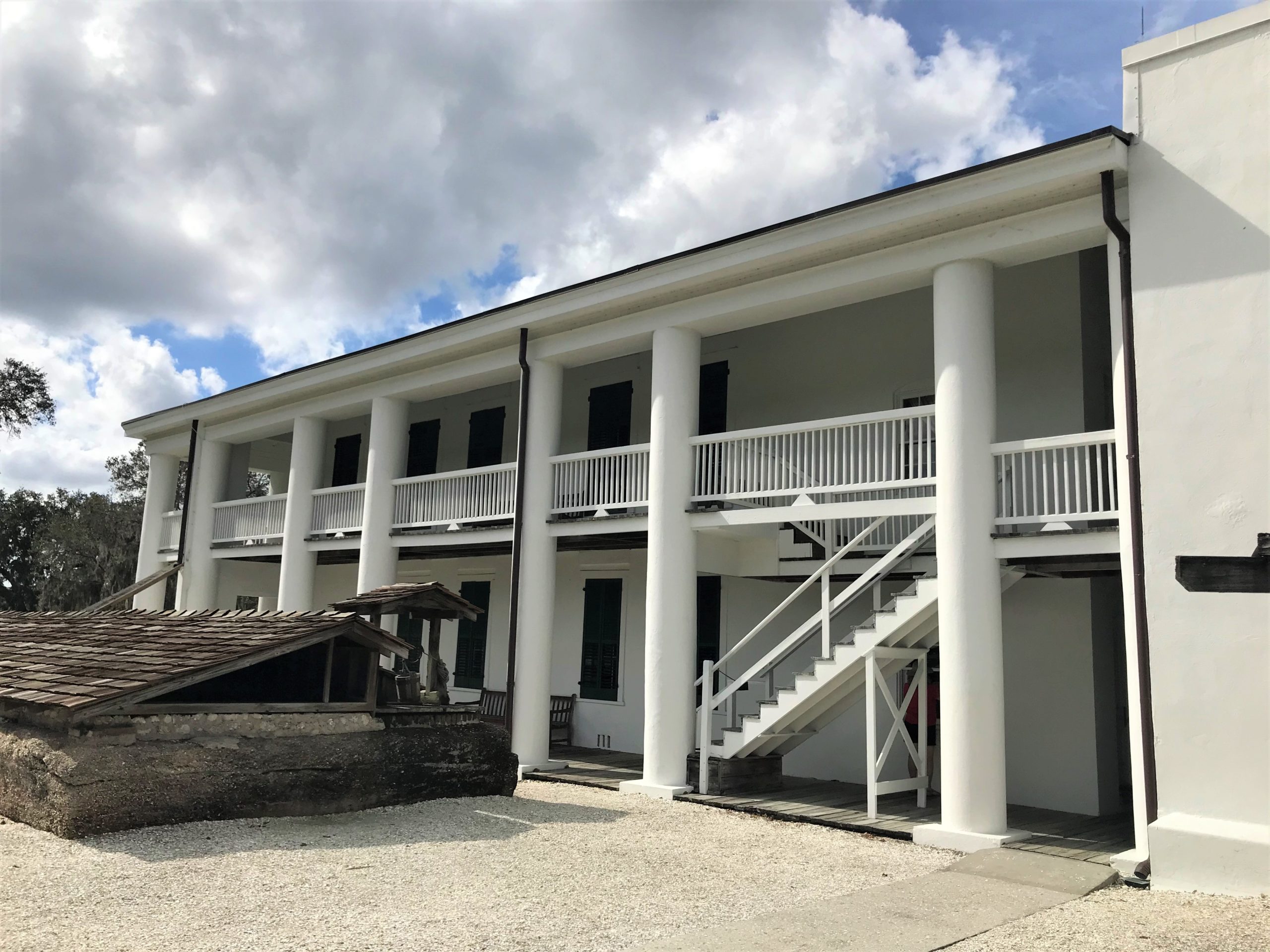
We thought it was rather odd looking for an antebellum home.
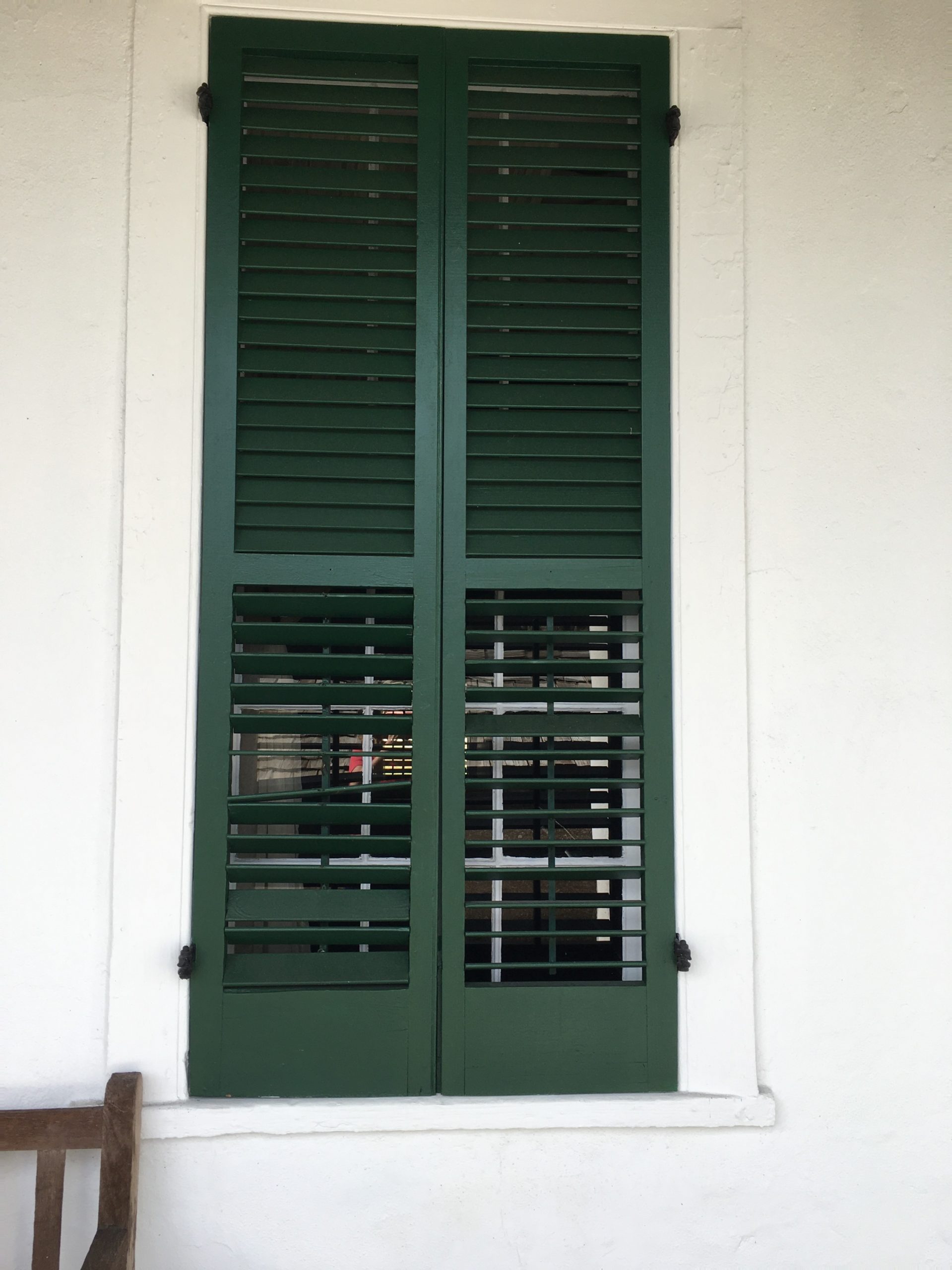
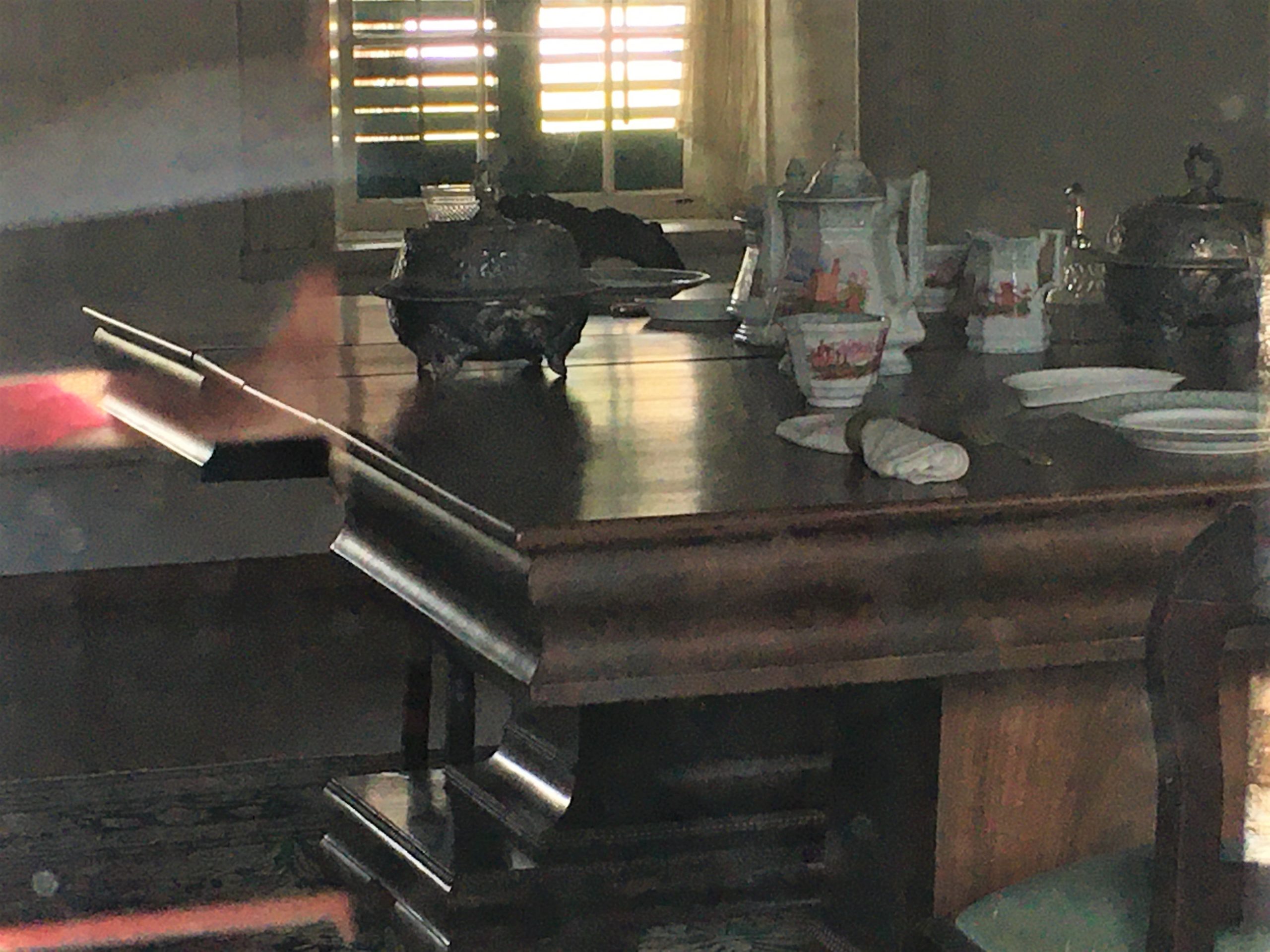
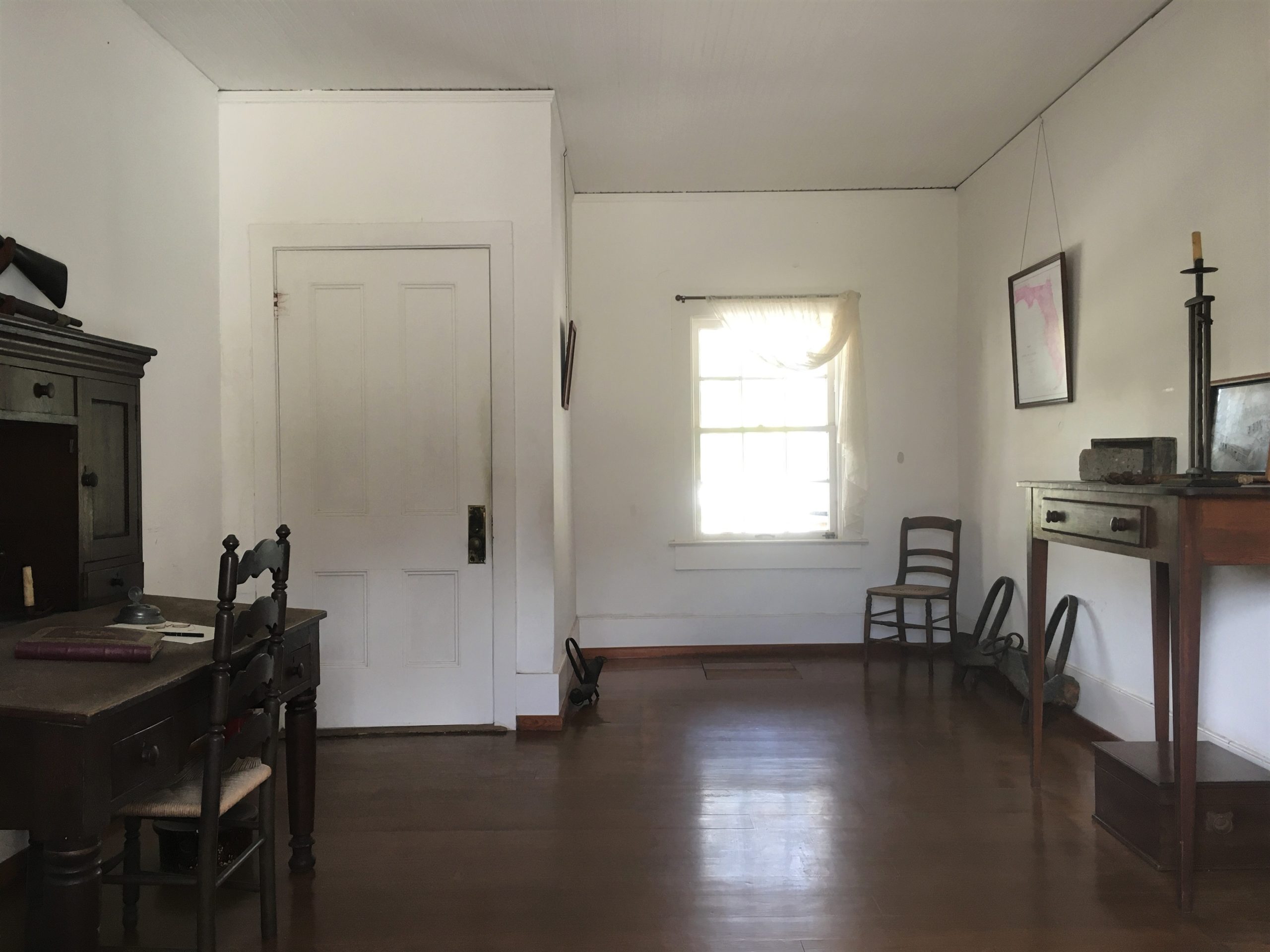
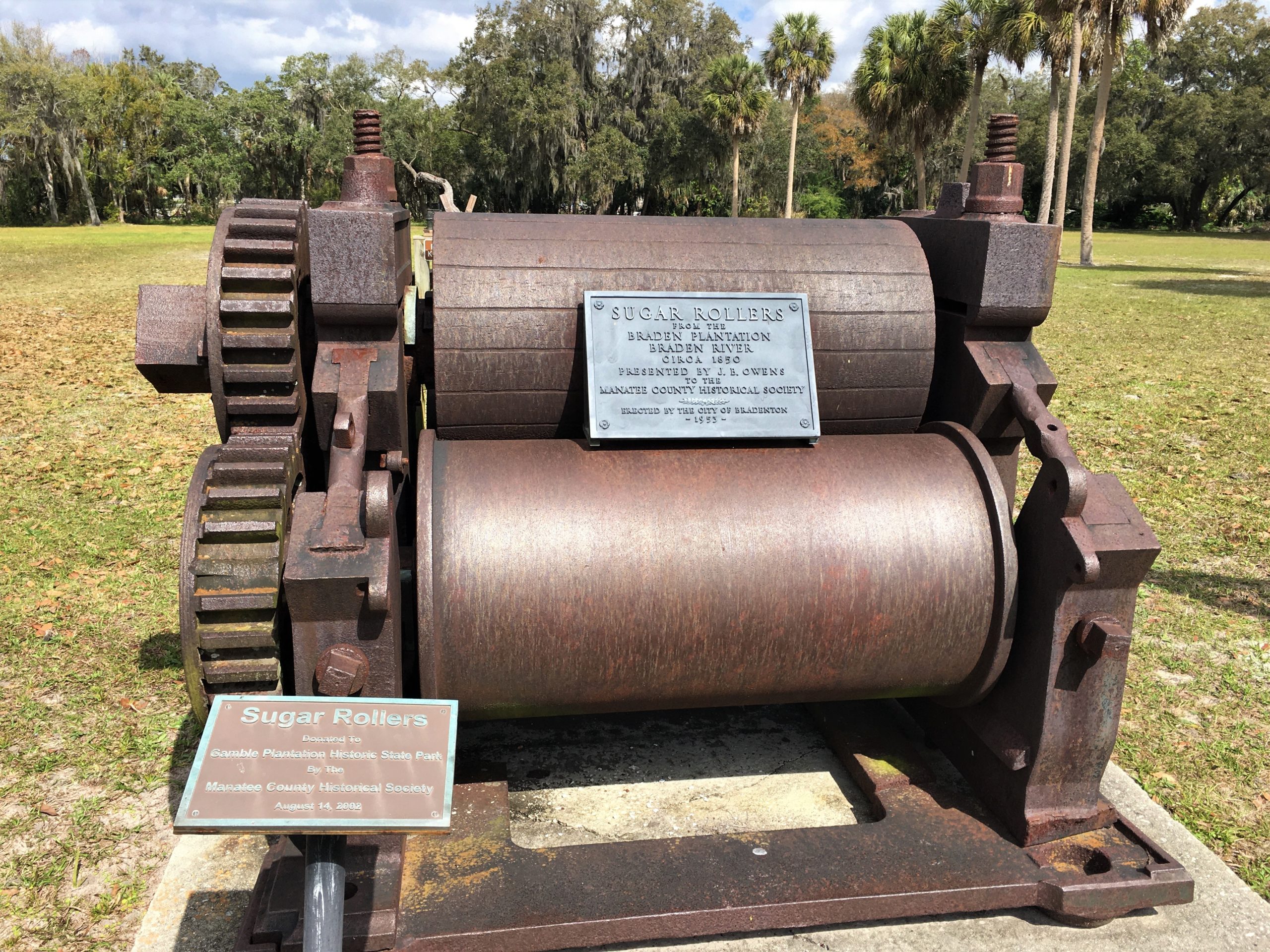
(You do know I’m kidding, right? Gamble is her last name.😊)
The mansion wasn’t much because everything was closed up tighter than a miser’s fist, so we soon moved on to Bradenton’s Riverwalk.
It’s a nice little walk, but not as nice as San Antonio’s. I’m not sure any Riverwalk could compare with that. 😊 They have information boards every so often, and on one, we discovered a picture of the Rye house. Remember the Preserve we visited the other day? Yeah. That place. Pretty cool!
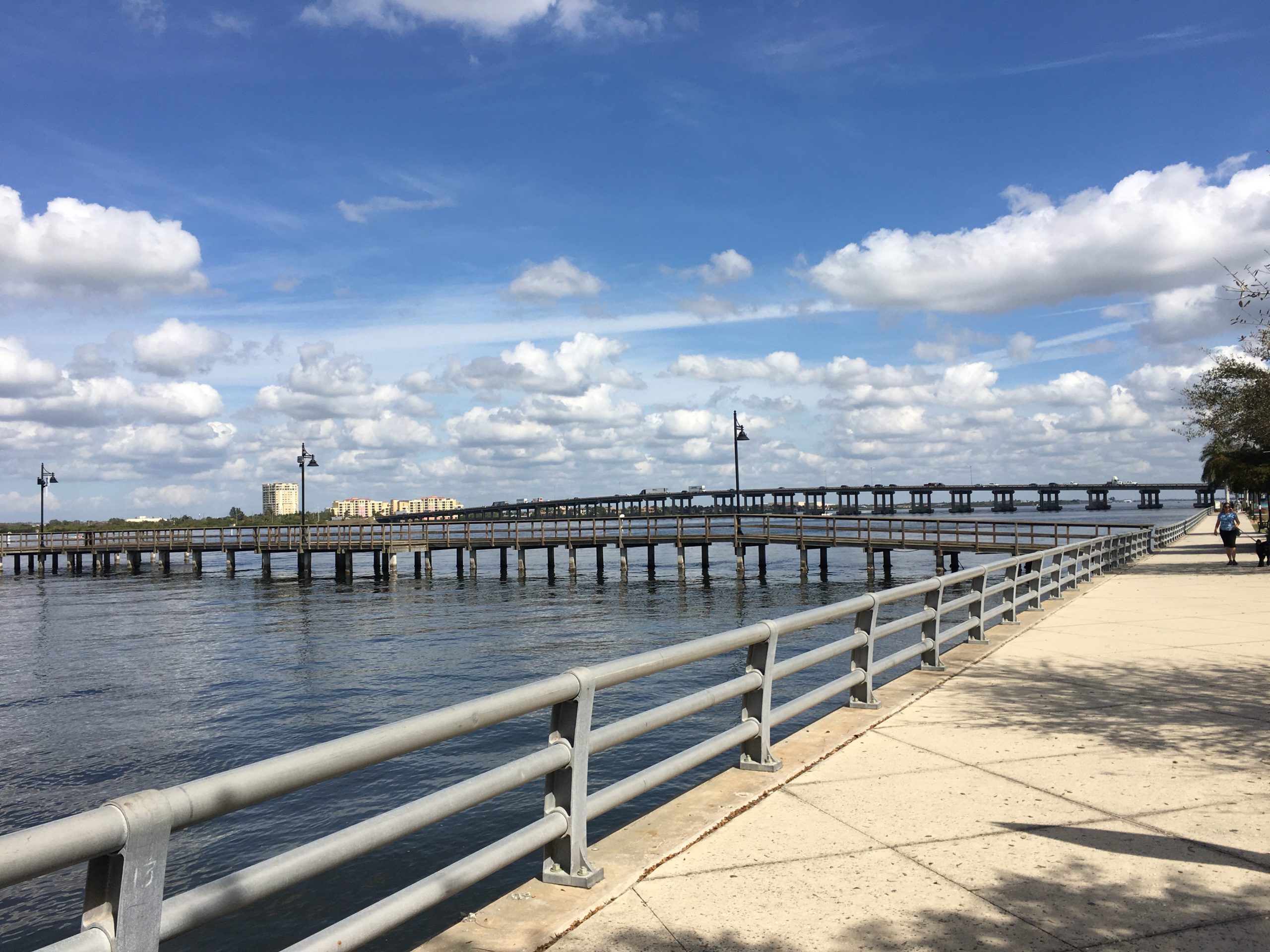
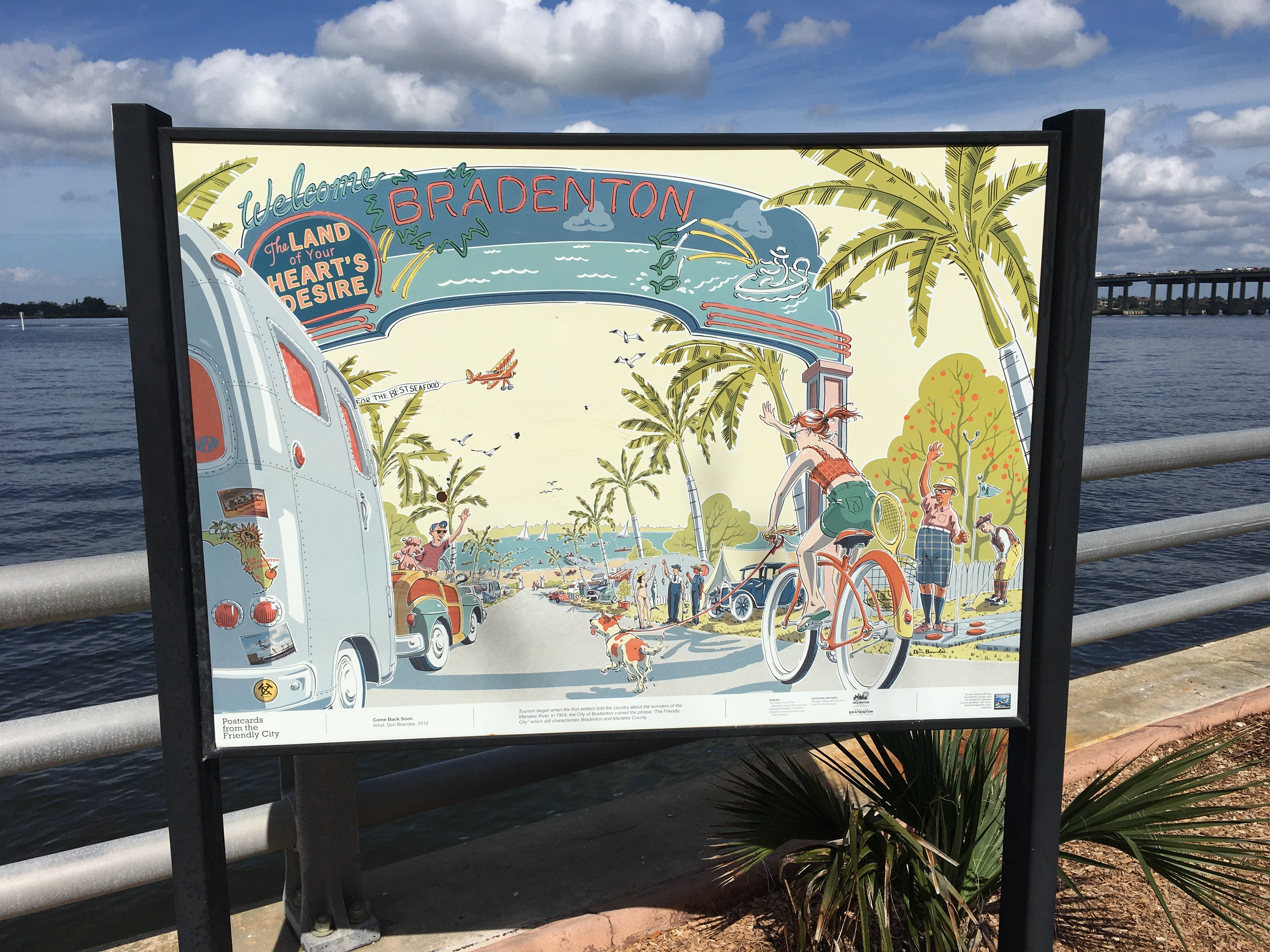

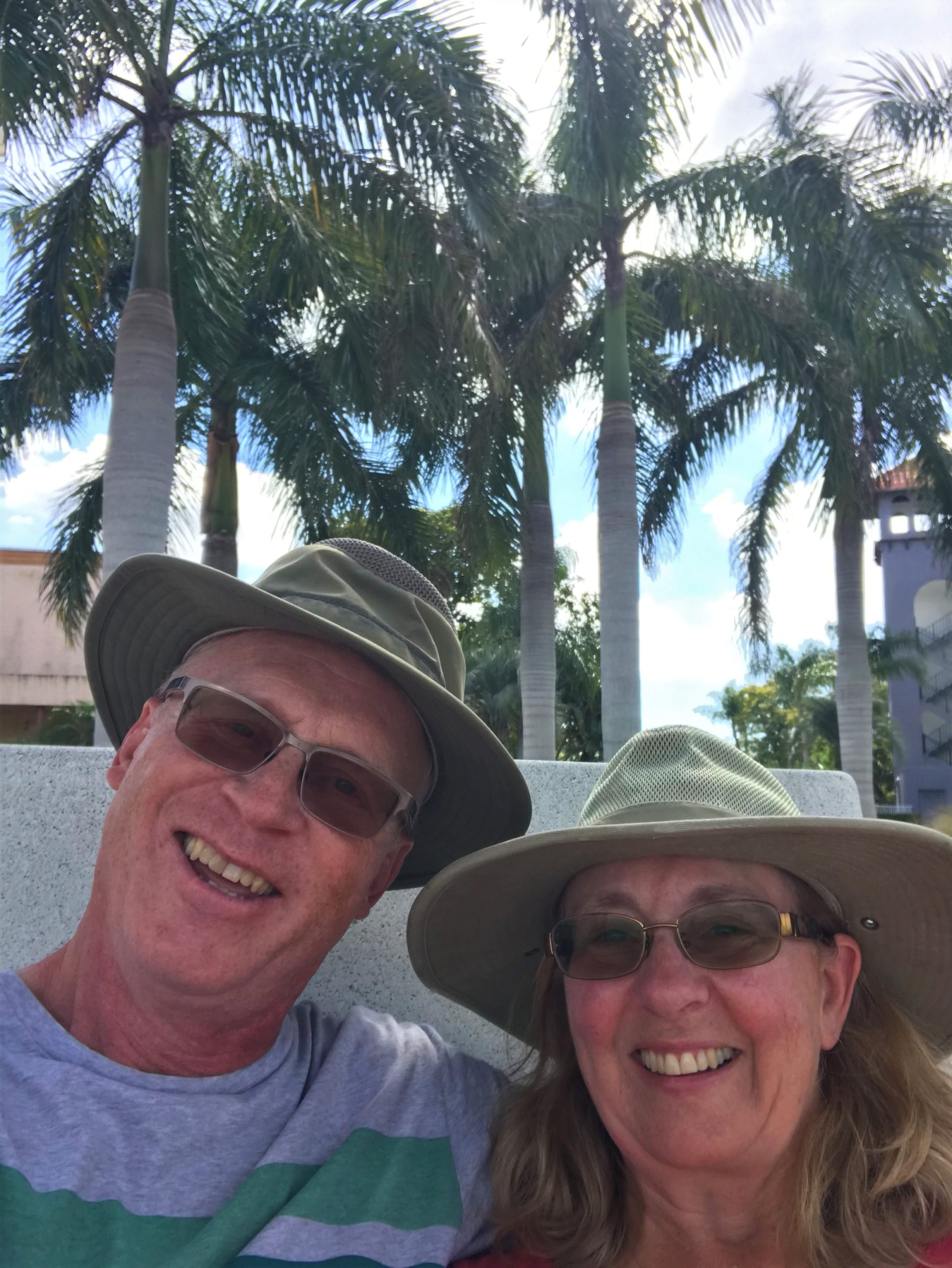
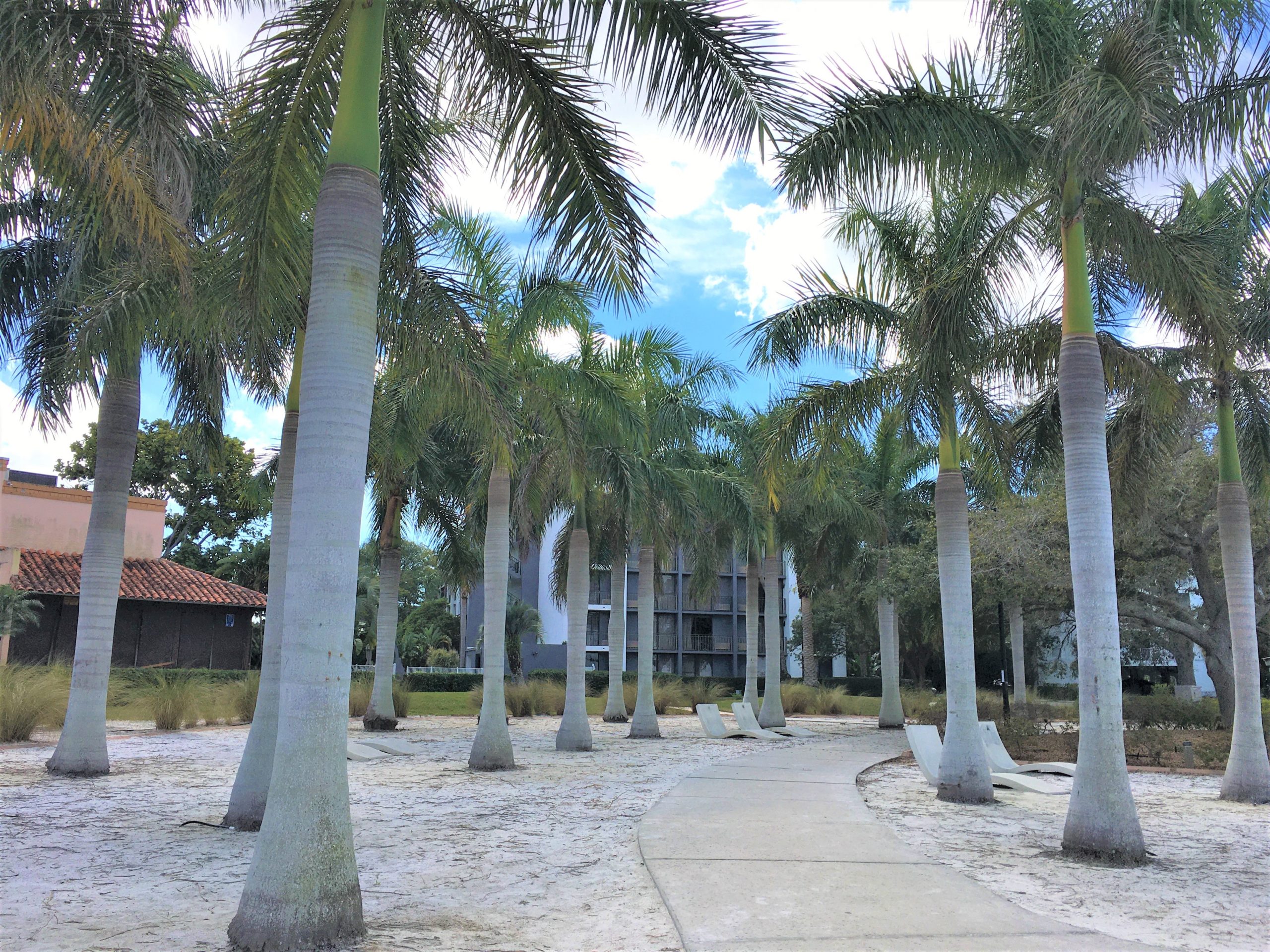
Isn’t it beautiful?!?
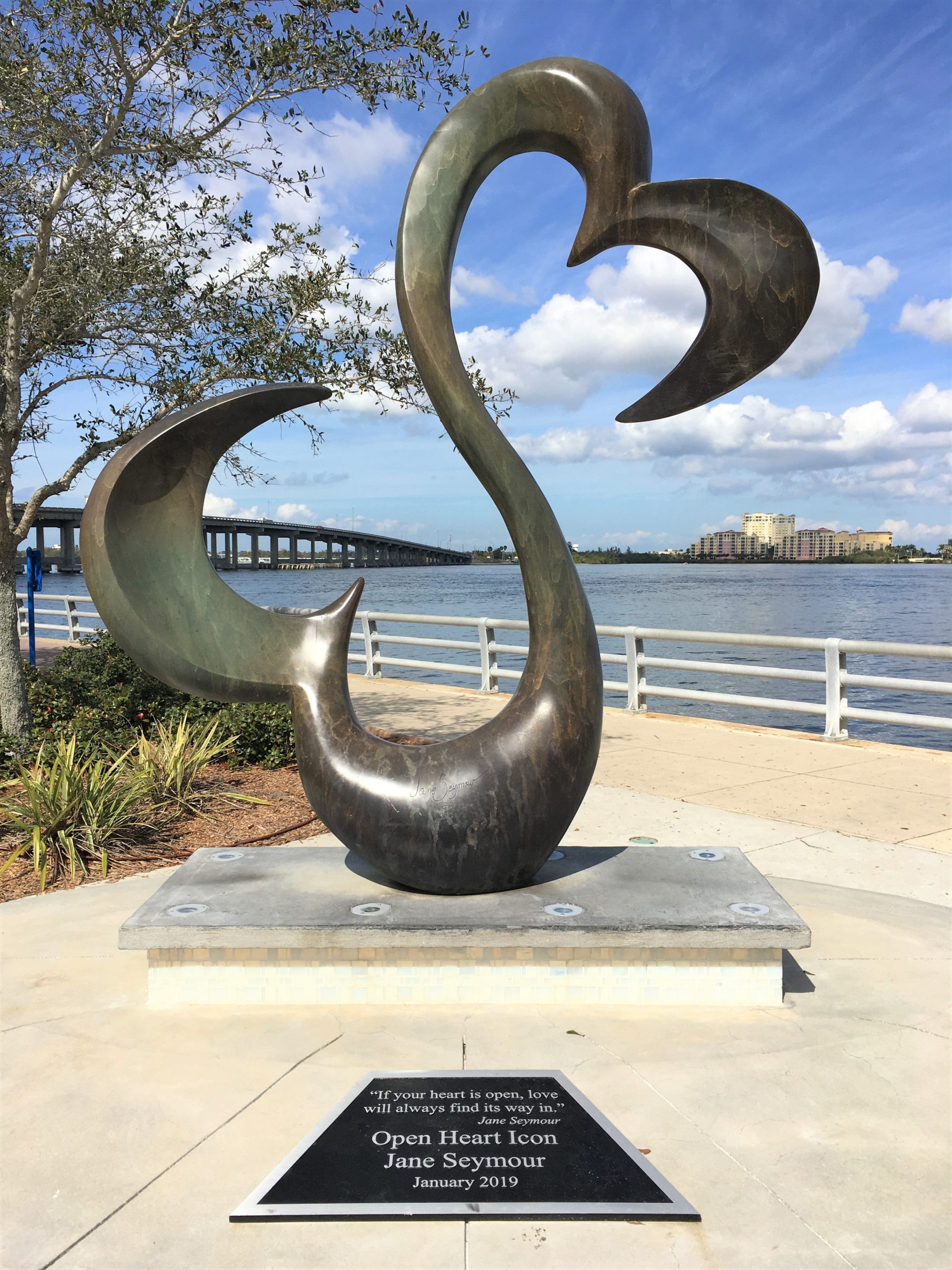
I recognized it as soon as I saw it! I don’t think Blaine believed me.
But then, on the way back, we saw the signage. : )

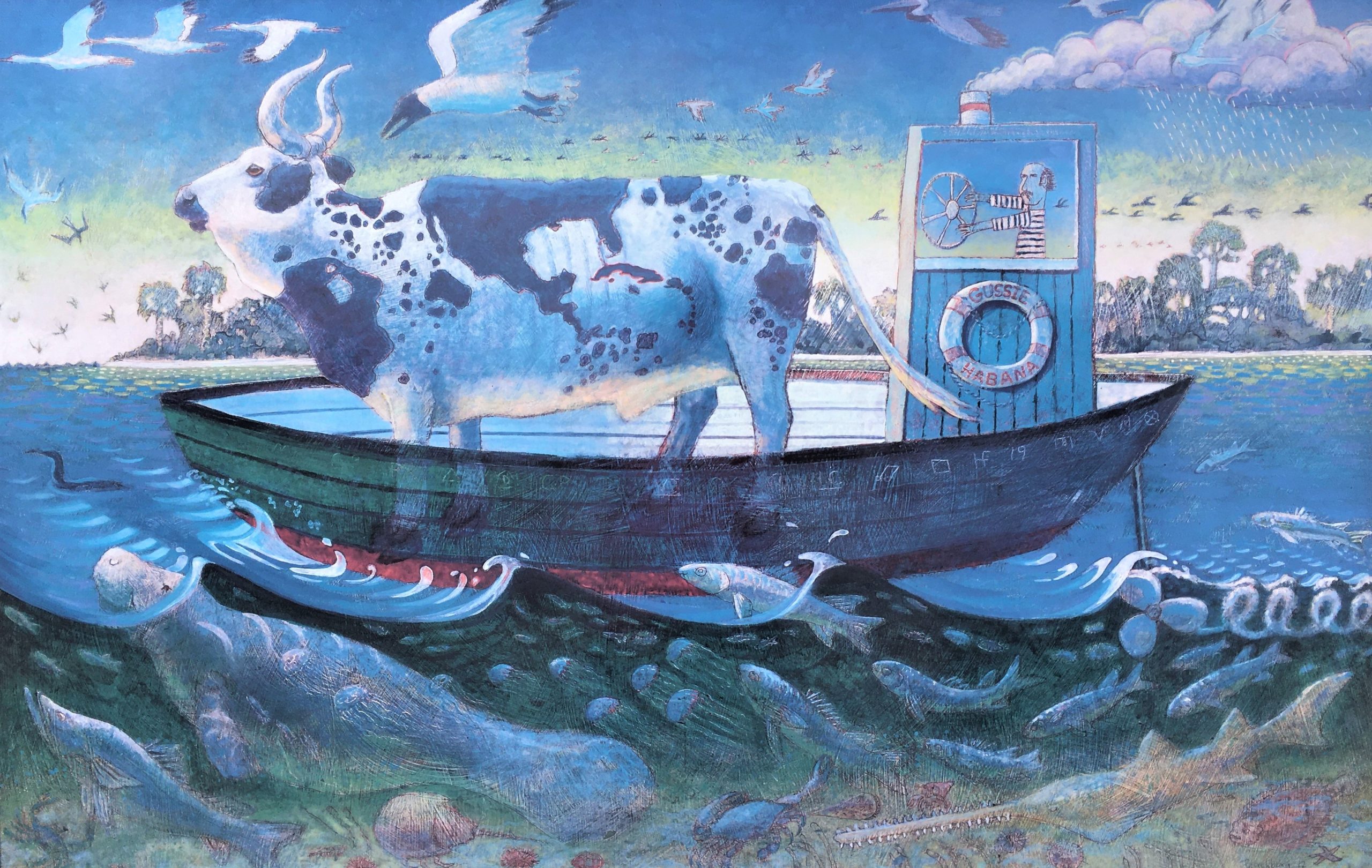

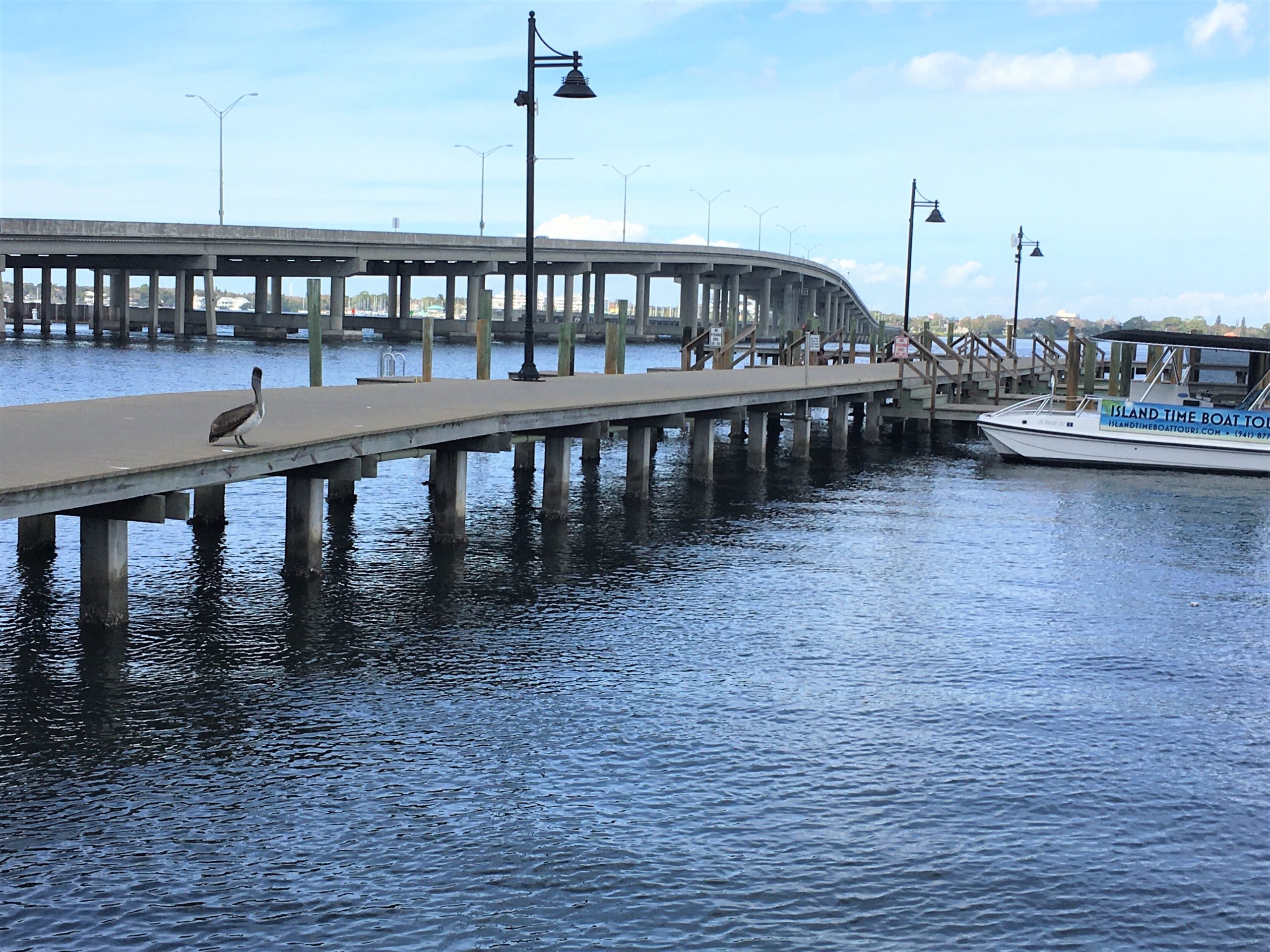
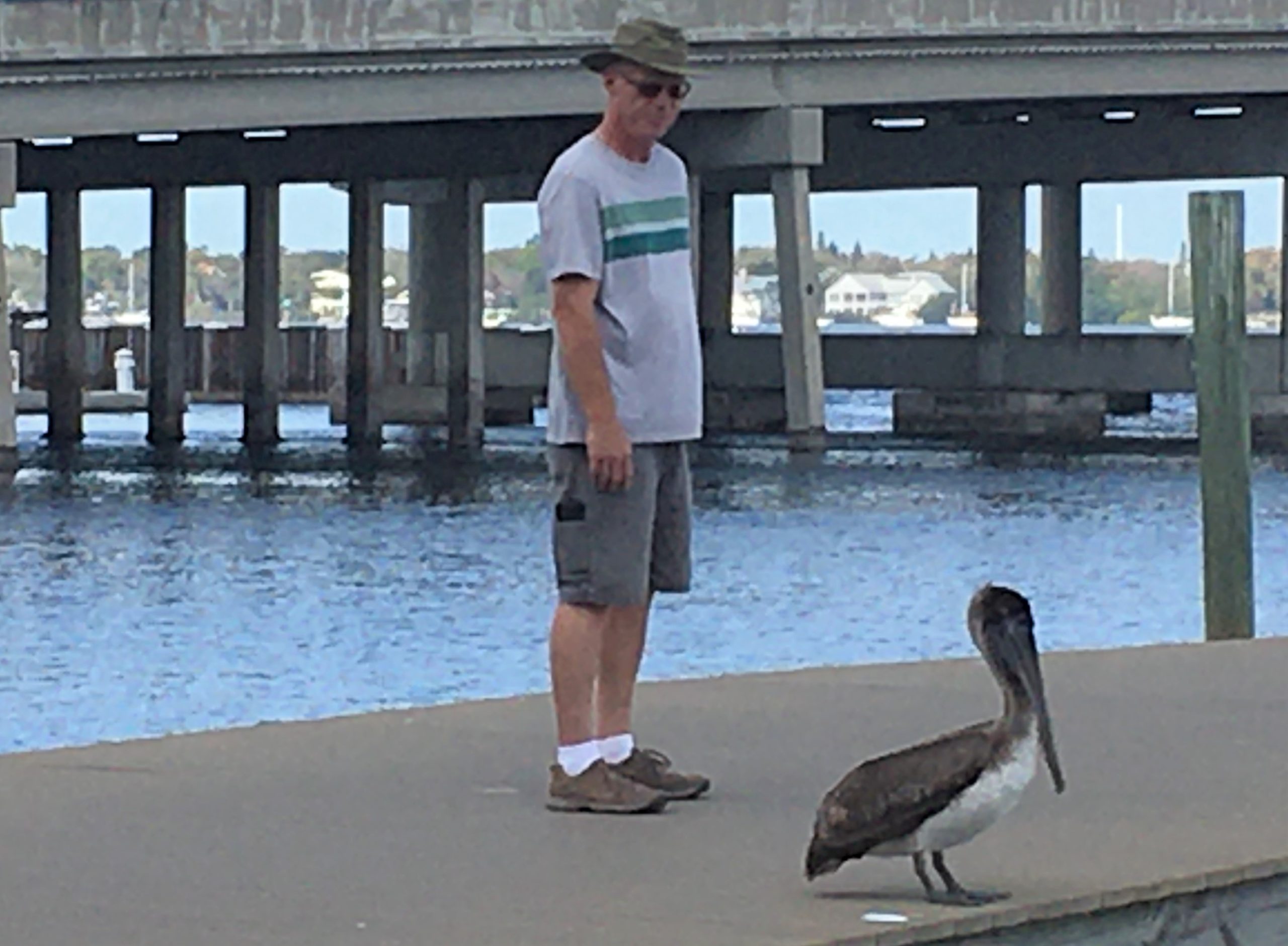

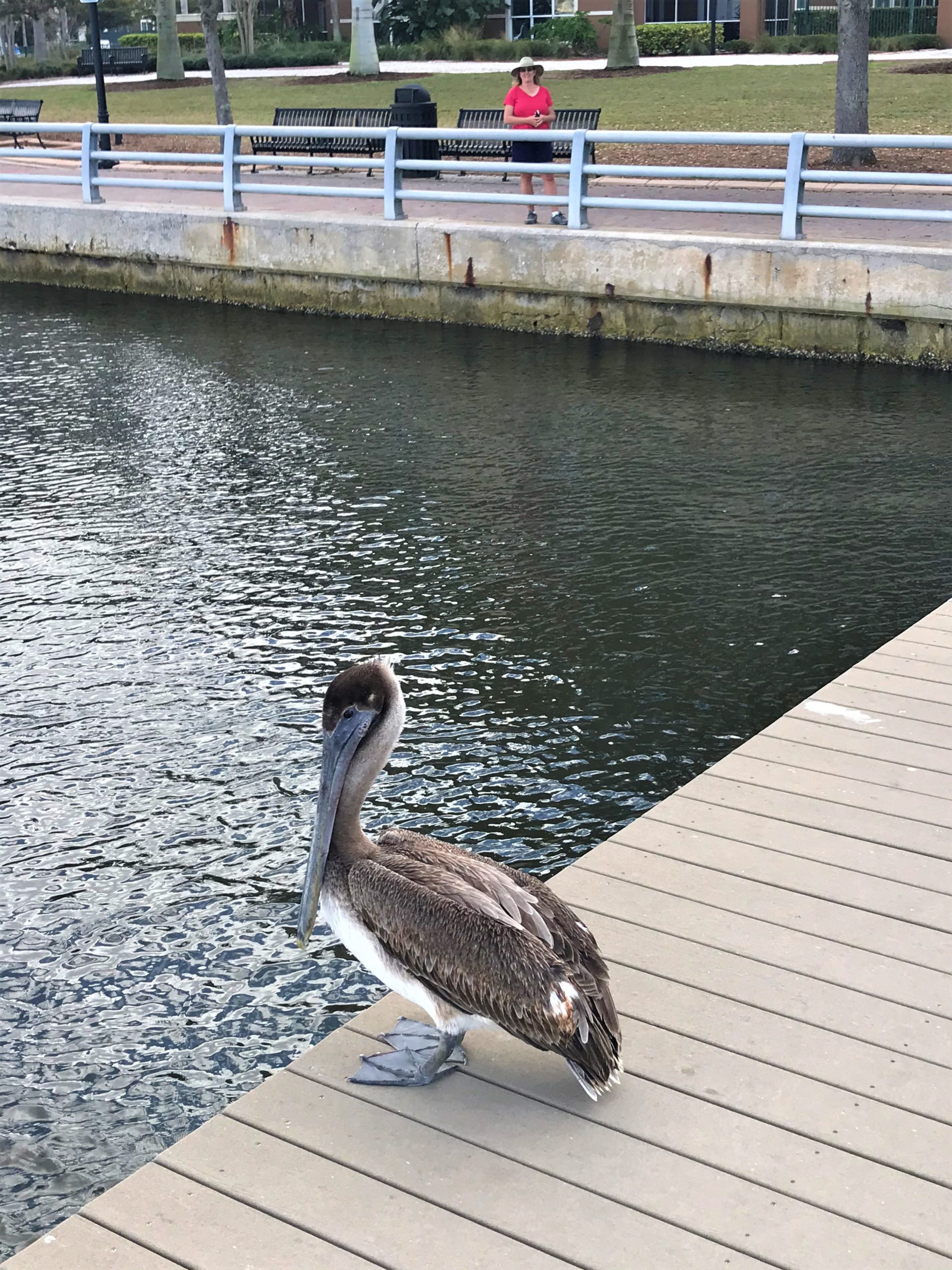

We even had him sitting on a pillar like that (without the icky goop running down it)
Looked just like that – only smaller. : )

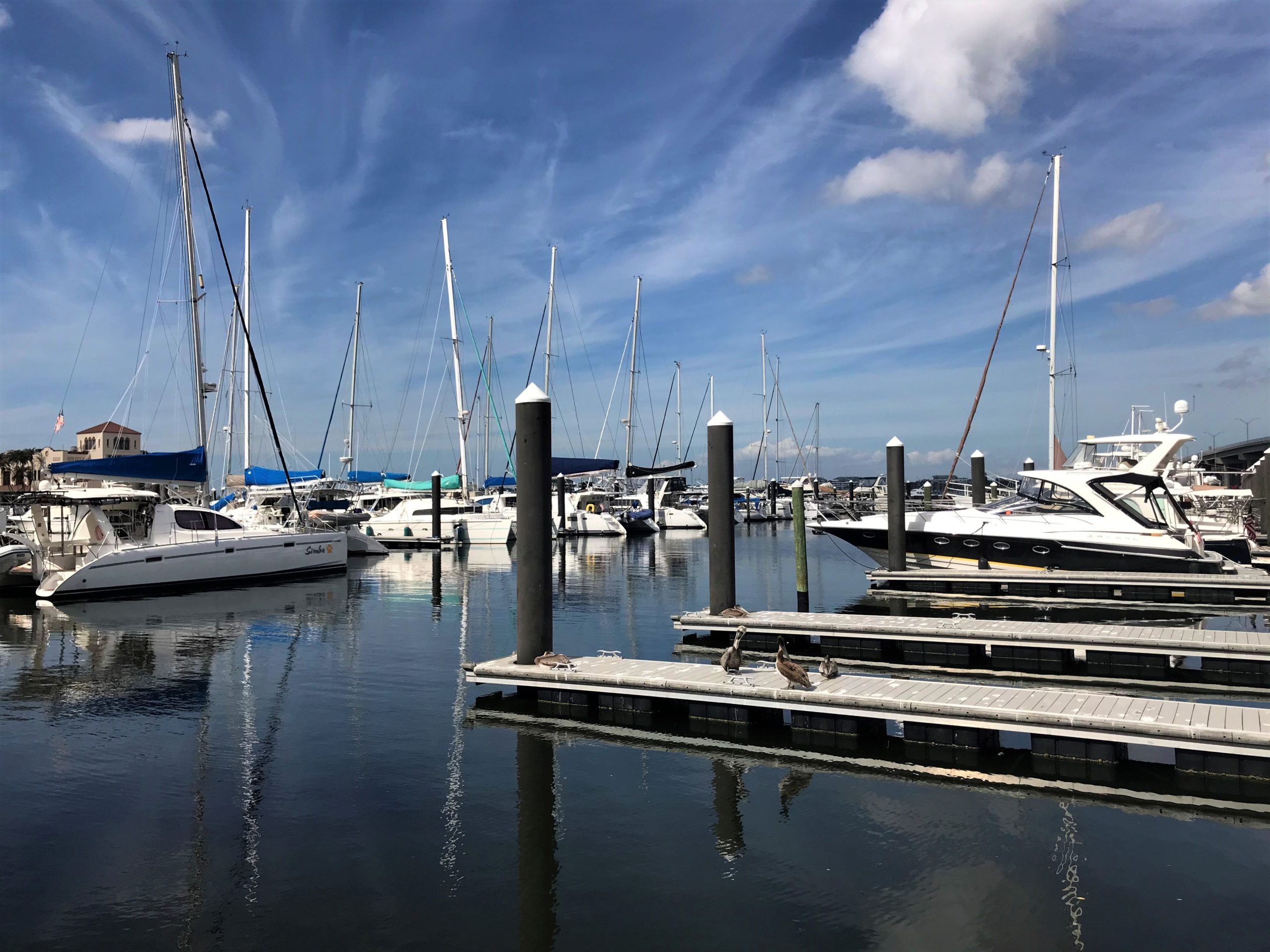
And then Blaine took me to a National Monument! I wasn’t expecting that! It was a small, but nice place and talked about Hernando De Soto’s landing here back in 1539AD. During our walkabout, we read the signs they had posted. The reason I specifically mention that is to tell you that you’ll see the name, Rodrigo Rangel, under some of the quotes. He was De Soto’s personal secretary. There are also some quotes from Elvis, believe it or not! Oh. Wait. That’s El-vas. No one really knows who he is. He’s simply called “A Gentleman of Elvas” and was a member of De Soto’s expedition. They know that he was Portuguese and joined De Soto at the town Elvas, Portugal which lies on the border of Spain.
If you want to pick up on some little-known history (copied from the Park brochure), read on; otherwise you can skip to the pictures we took today. 😊

Born in Spain around 1496
Died and buried in what is now Arkansas May 21,1542

In the wake of Columbus, other adventurers sailed to America to see what could be made of it. Hernando De Soto, a Spanish soldier who had tasted the rewards of conquest, dreamed of matching the deeds of the celebrated conquistadores. When he was granted a license to explore La Florida, his prospects were good. De Soto was ambitious, seasoned by forays in Central and South America, and commander of one of the best armies to set foot in the Americas.
By 1539, the mythical New World gripped the imagination of Old World Spain. Stories of green paradises, immense wealth, and exotic natives enticed Spaniards westward as part of royally sanctioned expeditions. These Spanish soldiers became known as conquistadors. Their motives ranged form mercenary and religious, to glory-seeking and nationalistic. For Hernando De Soto, the motives were fortune and land.
At the age of 14, De Soto left Spain for the Americas. He crossed Panama, became wealthy in Nicaragua through Indian gold and slave-trading, and conquered Peru with fellow conquistador, Francisco Pizarro.
At 36, De Soto returned to Spain and invested nearly his entire fortune in a second trip to the New World. This time, he would lead his own expedition to La Florida in pursuit of treasure.
By agreement, Spain’s King Charles V would keep either one-fifth of the treasure De Soto took by battle or trade or one-half of what he took by the easier method of plundering. The Crown warned against the ill treatment of American Indians, whom the Catholic Church was trying to convert, but these royal orders were superseded by the conquistadors’ goal to obtain as much treasure as possible.
After landing on Florida’s west coast in May, 1539, probably near Tampa Bay, his army spent the next four years threading its way some 4,000 miles across what is now the southeastern United States.
De Soto’s march was difficult, but it was not a trek entirely through wilderness. In the 1500s this land was settled by tens of thousands of Native Americans in hundreds of villages. De Soto and his men spent much of their time moving from village to village, walking on Indian trails, led by Indian guides, and eating Indian food. Conscripting Indians as servants and porters as it progressed, the horde at times numbered a thousand people. Since many tribes were not willing supporters of the expedition, the Spaniards fought countless skirmishes and four major battles. Persevering despite the attrition of men, horses, weapons, and supplies, De Soto’s troops were the first Europeans to push deep into North America, the first to see the Mississippi above its mouth.
Yet it was a futile mission, doomed by unfamiliarity with the land, hostile Indians, and the leader’s overzealous pursuit of riches. What had begun as an adventure became an ordeal. Driving his army relentlessly, De Soto killed and enslaved large numbers of Indians and lost half his soldiers to sickness and Indian retaliation. He found no gold, established no colonies, and three years after landing in Florida, he was felled by fever on May 21, 1542, and buried in the Mississippi River. (I read somewhere else, that this was so the Indians wouldn’t learn about this death, and thus disprove De Soto’s claims of divinity. That makes the quote by Quigaltam later in the post make better sense.) Sixteen months later, his second in command led the ragged army back to Mexico.
Like the fascinating New World, De Soto and his tactics became legendary. Reaching a village, he took the chief hostage to ensure a supply of food, women, guides and porters during the journey to the next village. When a village resisted, the army looted, burned houses and fields, enslaved, and cut off noses and hands. Anyone who showed defiance to the Spaniards was burned alive or thrown to the dogs.
For three years, De Soto kept himself and half his army alive in America’s Southeast – but in the end he gained only the hostility of the American Indians. (Is it any wonder the English had trouble with them?!?)
Europeans first imagined the American Indians as gentle children of paradise, but this changed when the native people resisted the Europeans’ advance on their lands. They were now viewed as brutal, immoral cannibals – inferior to the Europeans in mind and culture.
In the aftermath, De Soto’s expedition contributed to the collapse of the Mississippian Indian cultures throughout the Southeast. Twenty years after De Soto visited the Coosa towns (a powerful confederation of tribes), explorers found barren fields, abandoned towns, and fragmented settlements where a prosperous chiefdom had been. They left a rail of disease, cultural decline, and death through warfare and enslavement. But even as early as 1502 coastal slavers had introduced to Florida diseases like smallpox, typhus, and measles – which were lethal to people without immunity.
Shamans (healers) were helpless against these new diseases, and this further undermined faith in native belief systems. Unable to defend their people, chiefs saw their authority weaken. Political confederations crumbled, and social bonds dissolved as ancient lines of tribal lore grew quiet. By the 1700s, the Choctaws and Creeks no longer remembered their ancestors, who had built the great earthen mounds they saw around them. The tribes never regained their balance from European military, biological, and social presence.
“Some old men of authority . . . say that . . . two days journey beyond, is another town called Ocale . . . that there are many traders among them . . . and abundance of gold and silver and many pearls. Glory be to God . . . it seems He has a special care that this be for His service. ~ Hernando De Soto
“As to what you say of your being the son of the Sun, if you will cause him to dry up the great river, I will believe you. As to the rest, it is not my custom to visit anyone. If you desire to see me, come where I am; if for peace, I will receive you with special good will; if for war, I will await you in my town.” ~ Quigaltam Chief’s response to a summons from De Soto.
“He went about for five years . . . thinking it would be like Peru. He made no settlement, and thus he died, and destroyed those who went with him. Never will conquerors do well unless they settle before they undertake anything else, especially here where the Indians are valiant bowmen and strong.” ~ Francisco Lopez de Gomara (Historia General de las Indias, 1552)
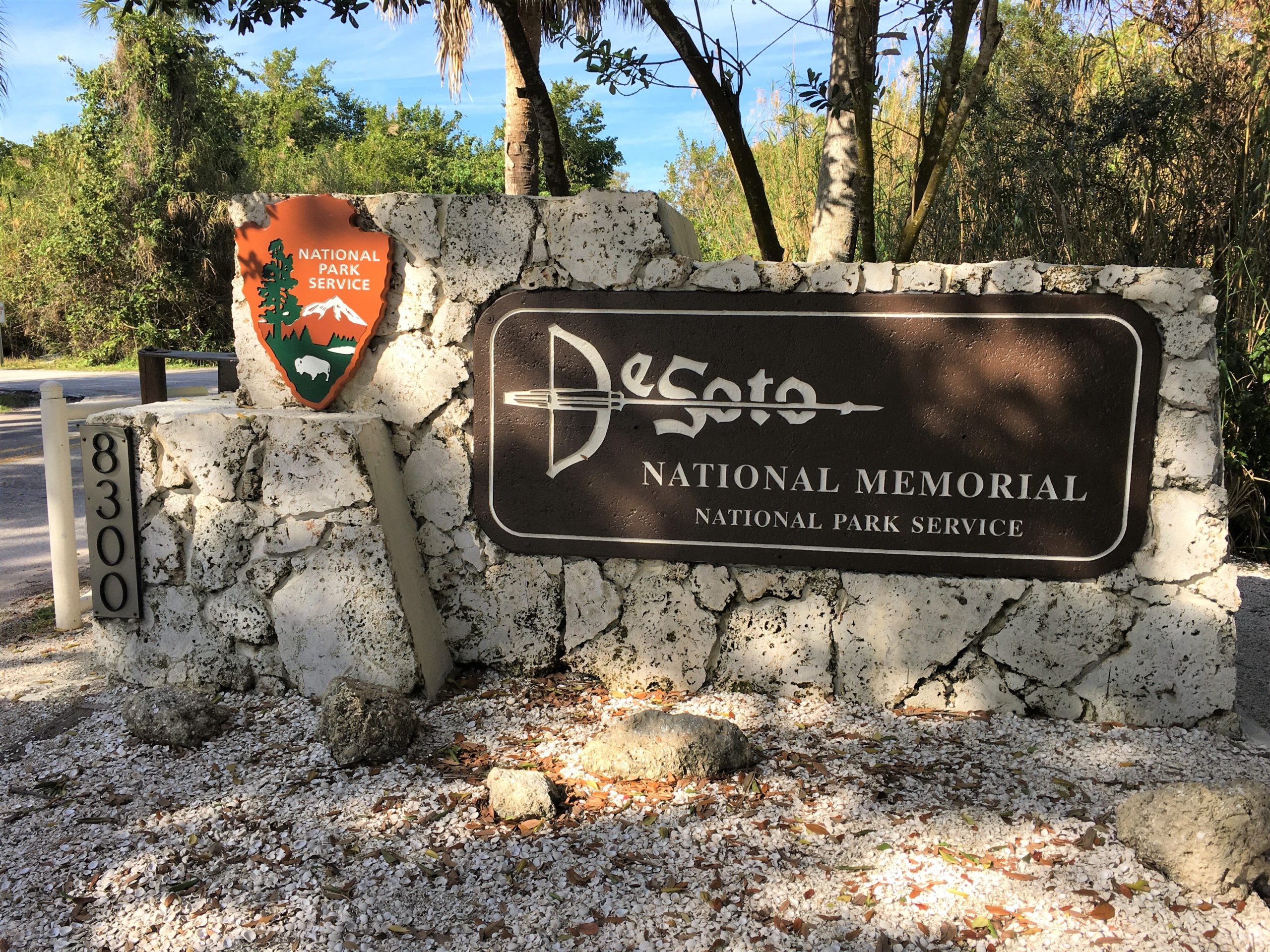
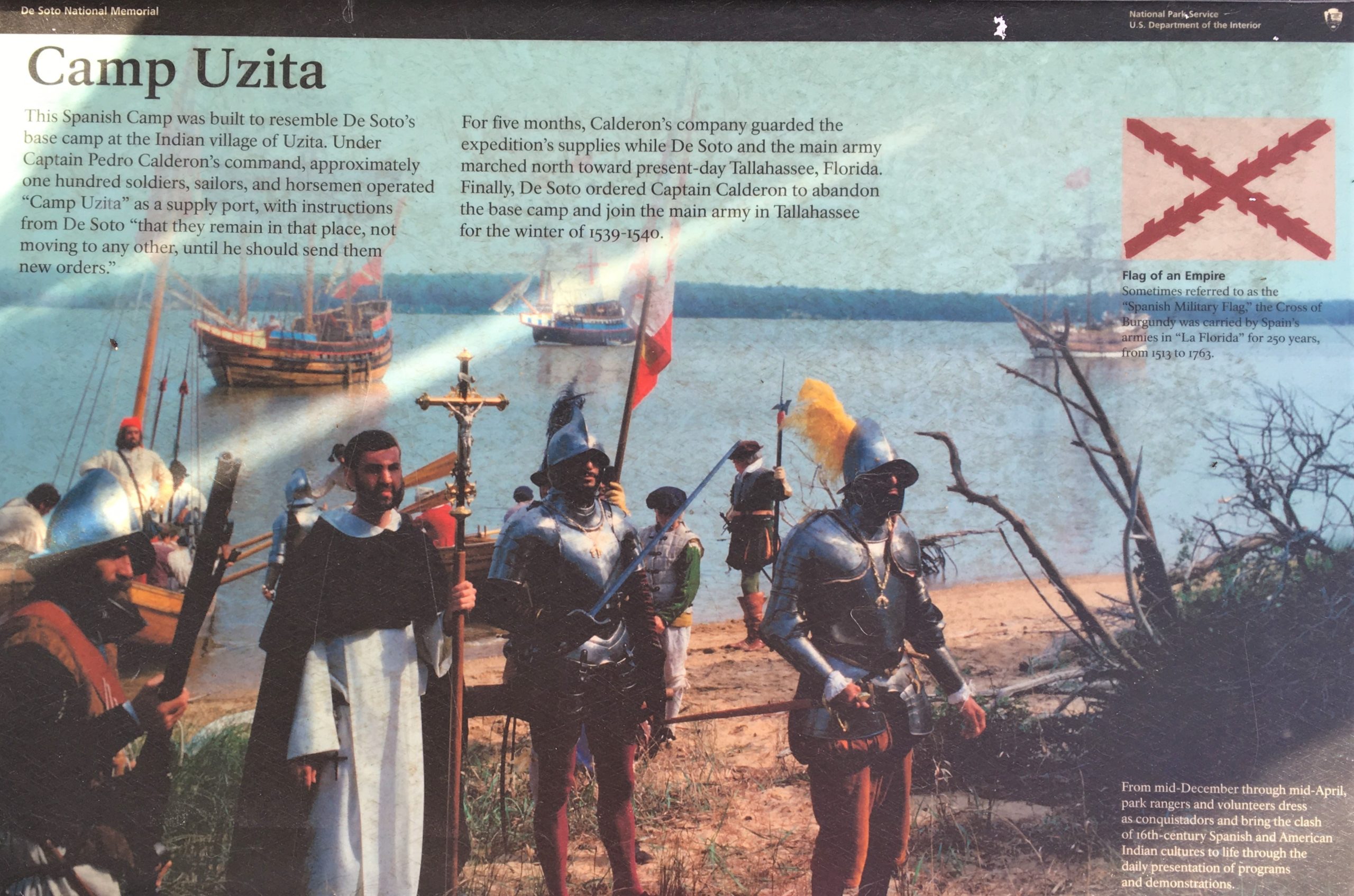
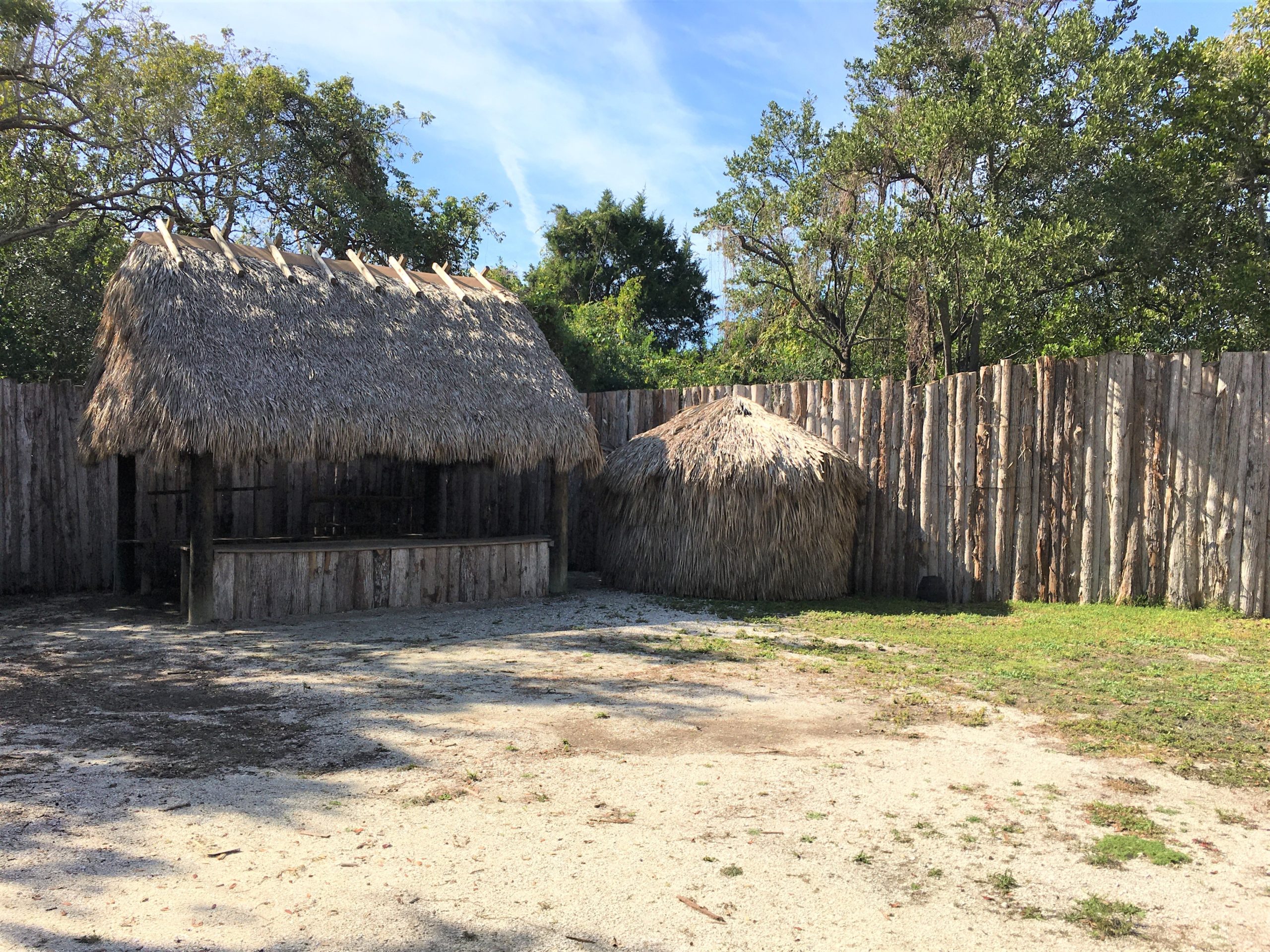
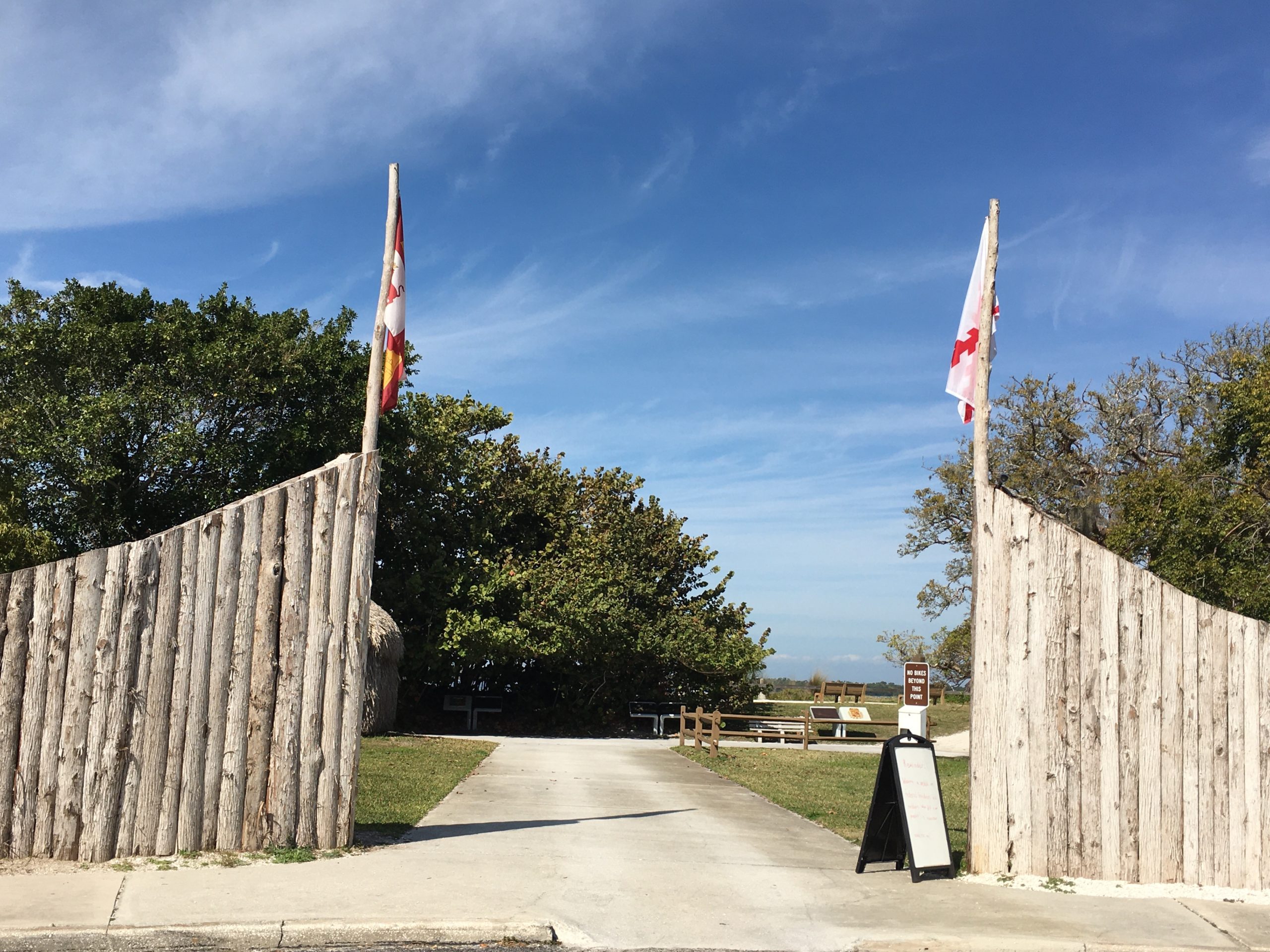
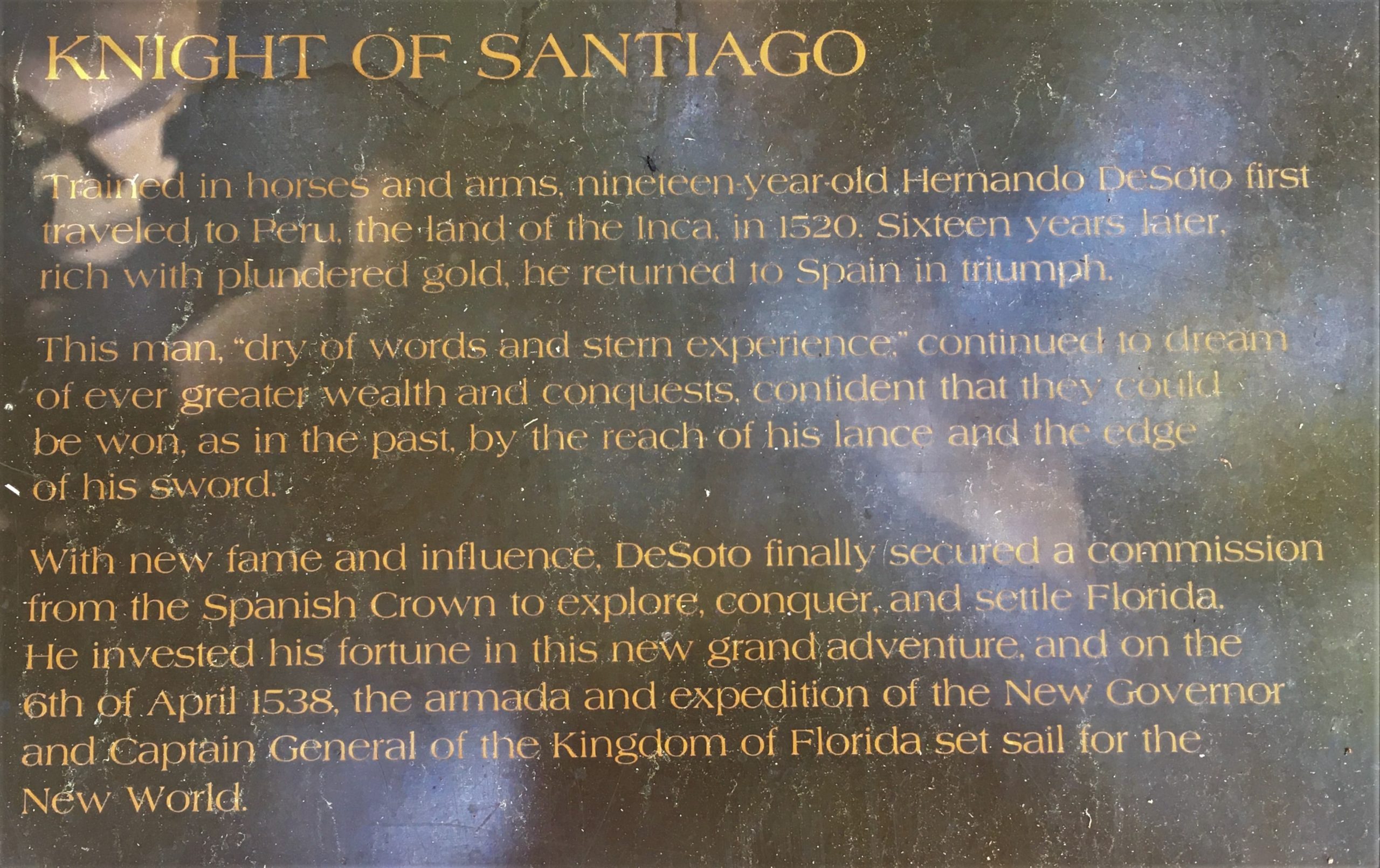
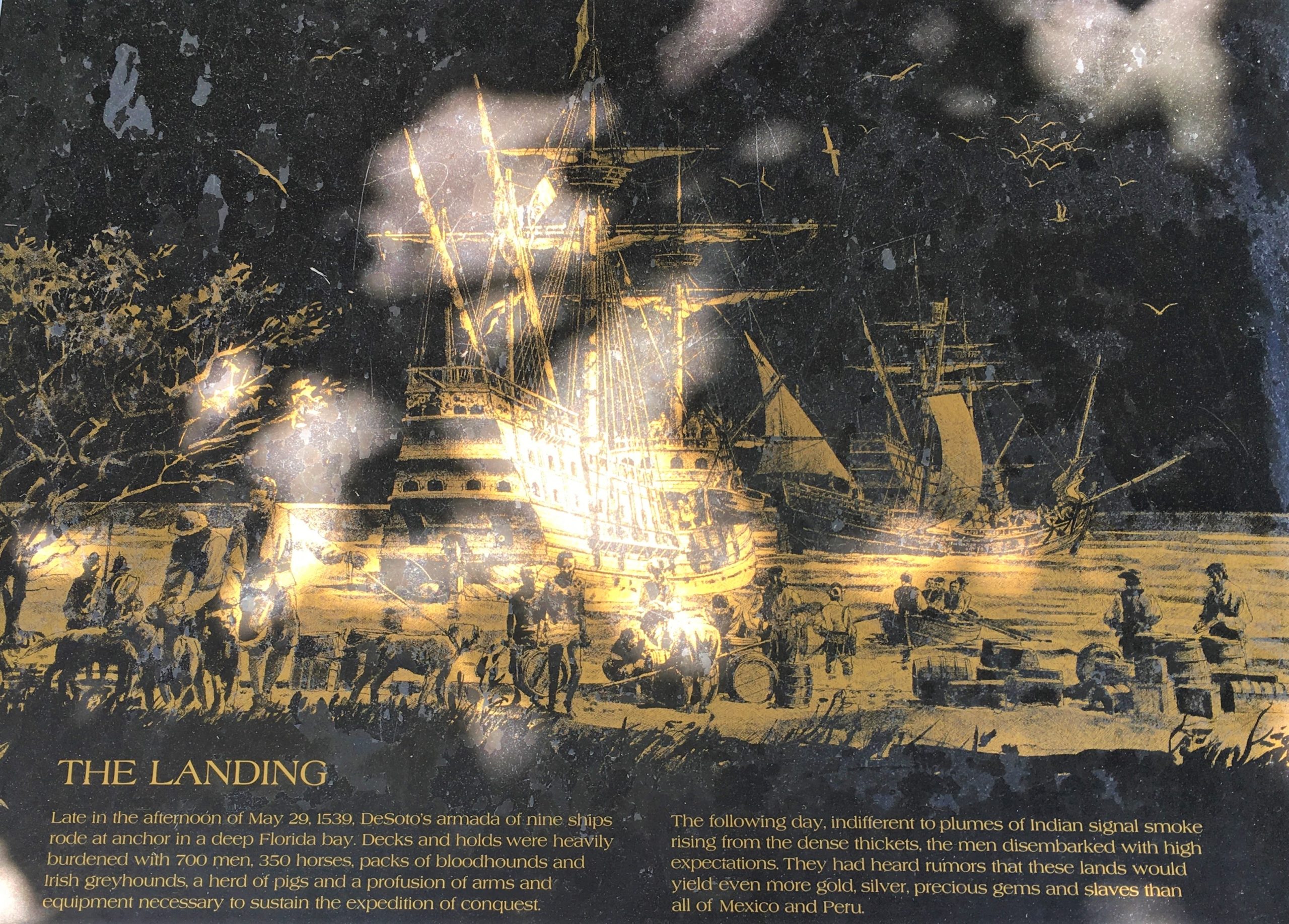
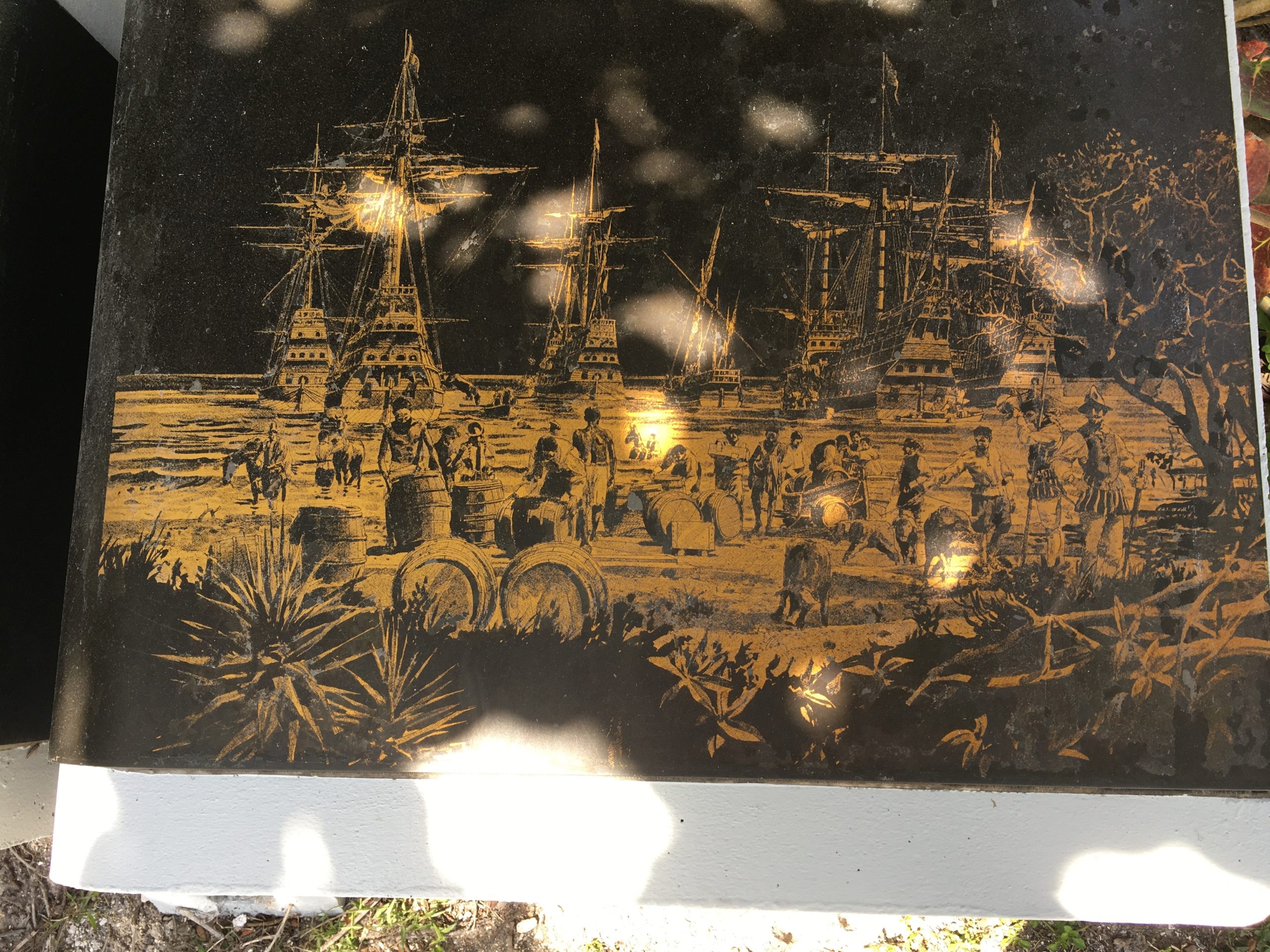

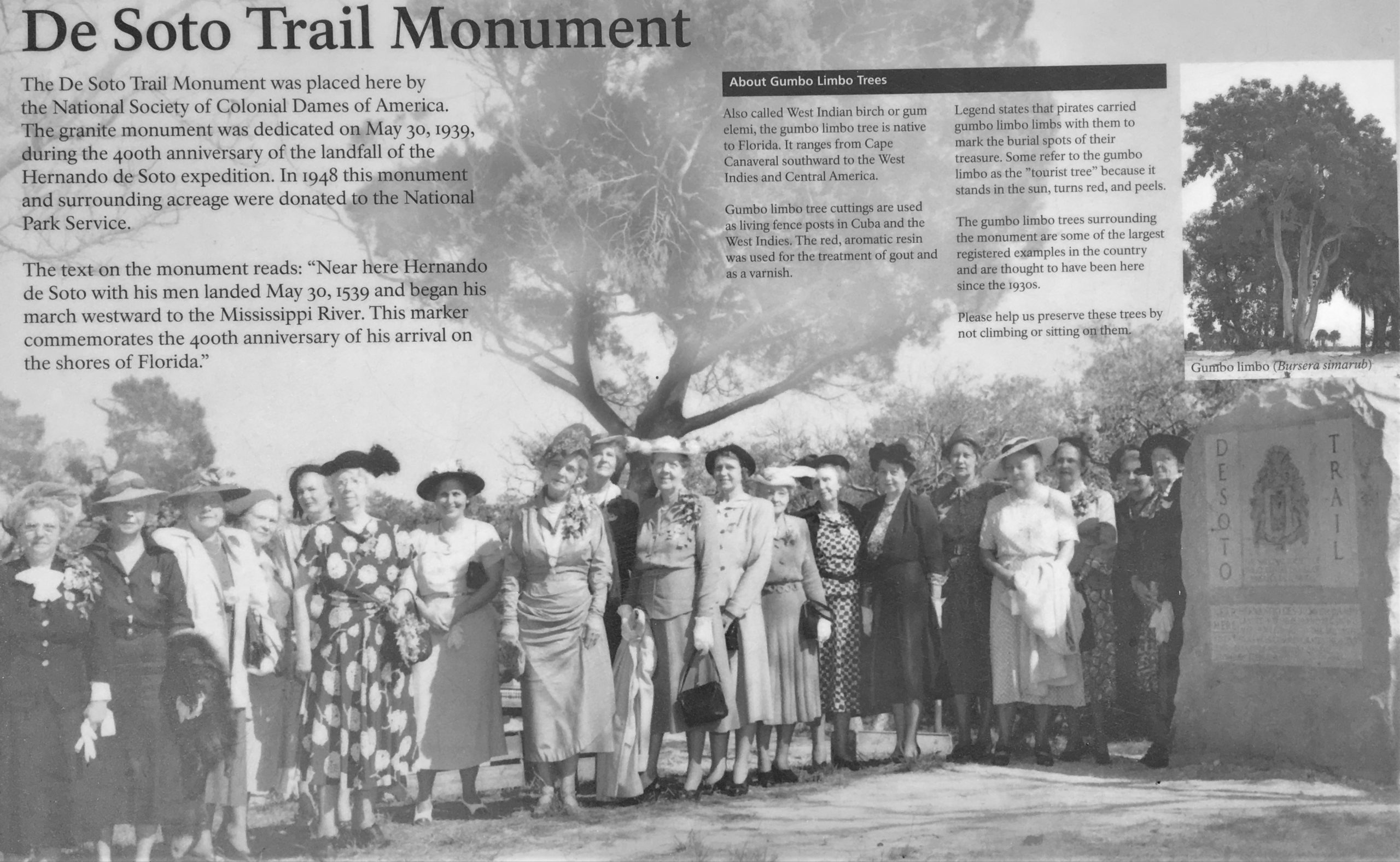
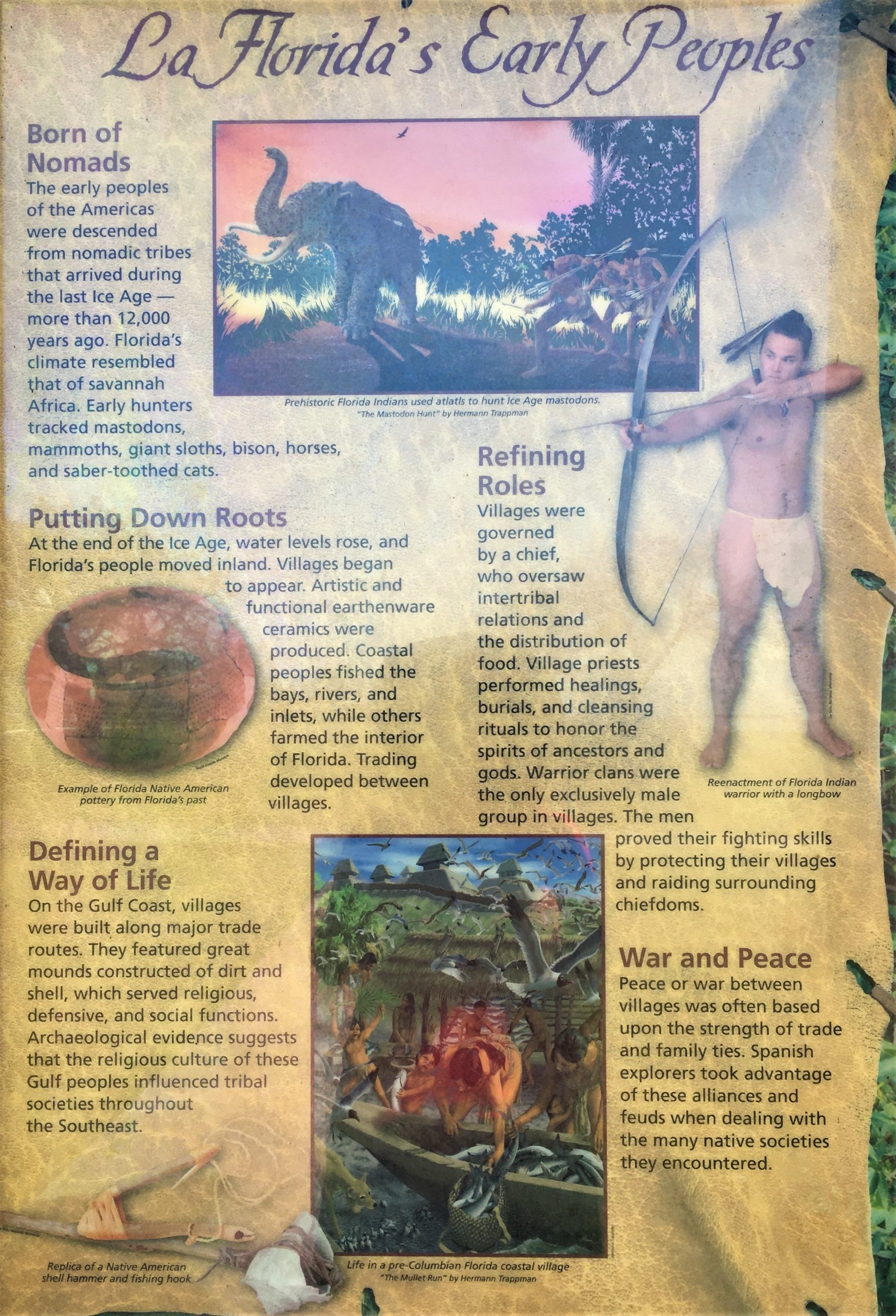
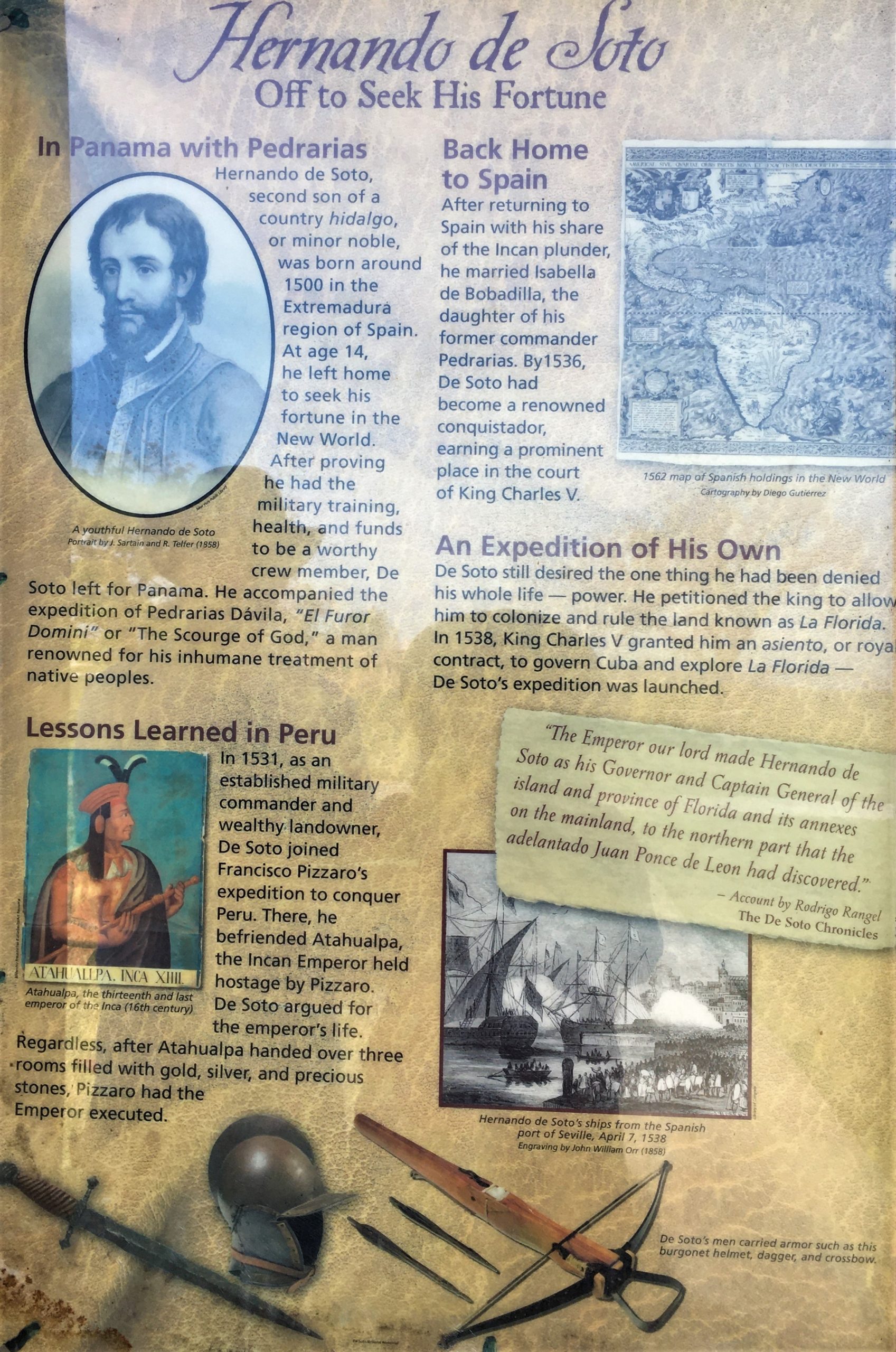

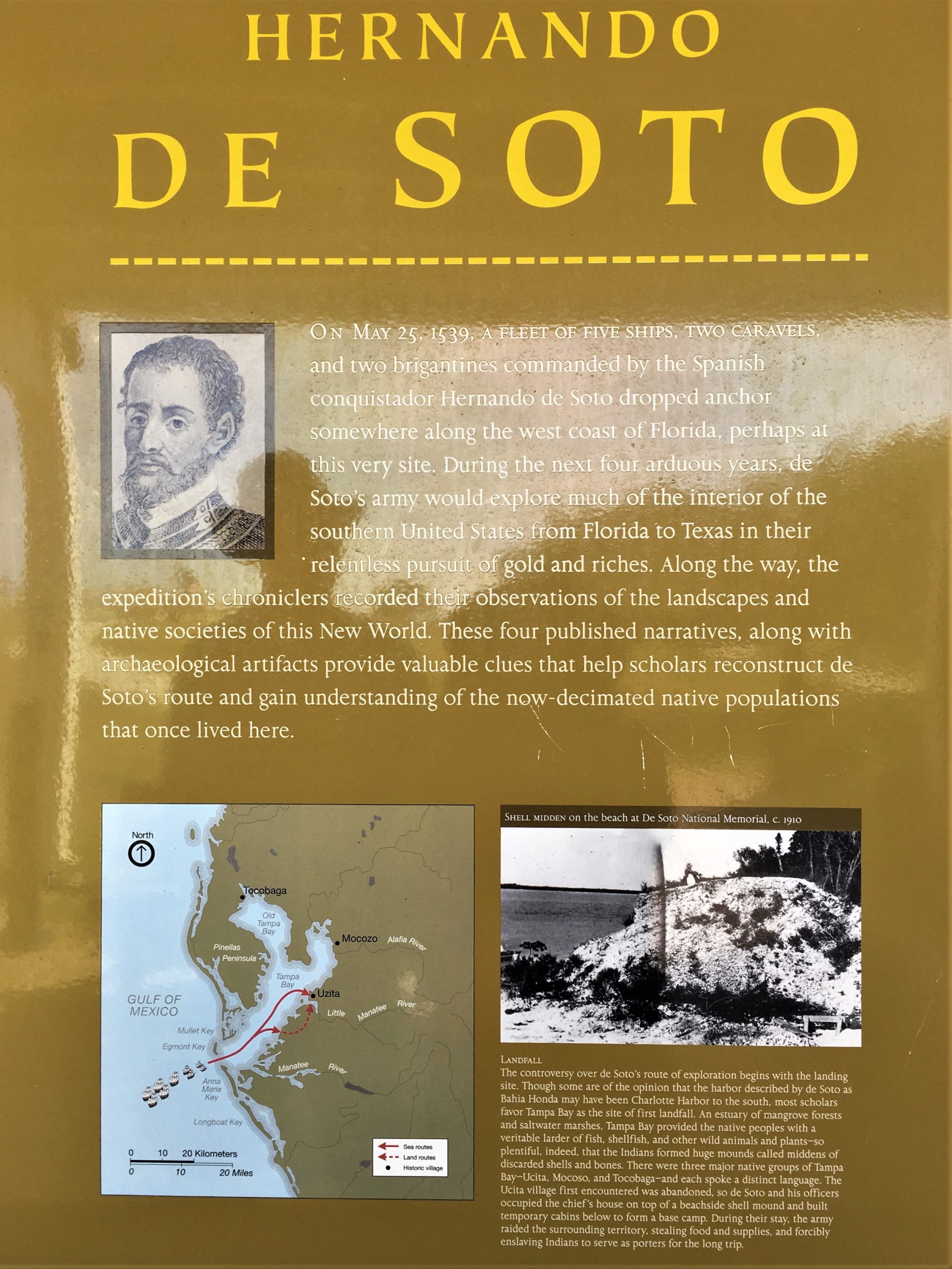

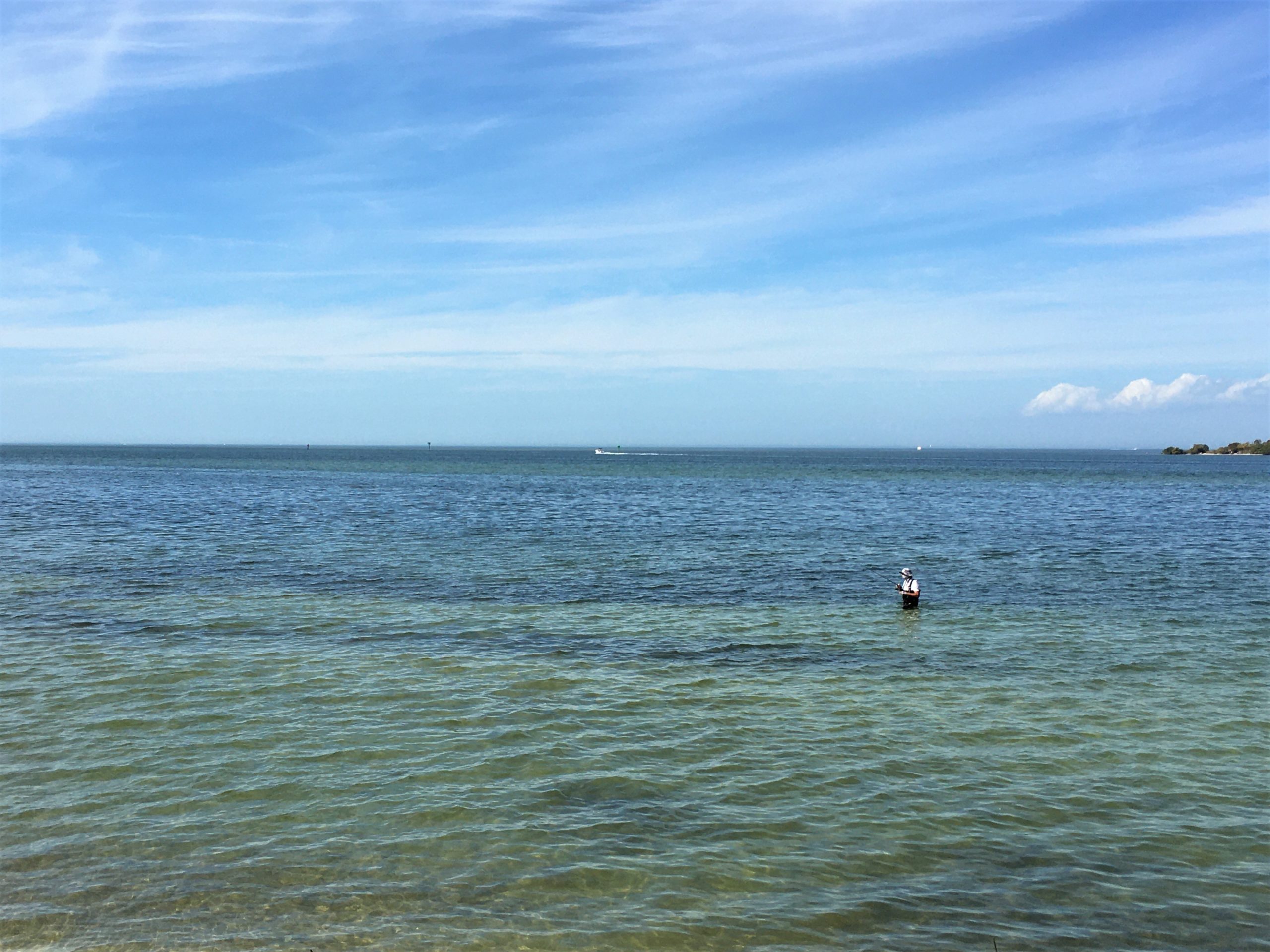
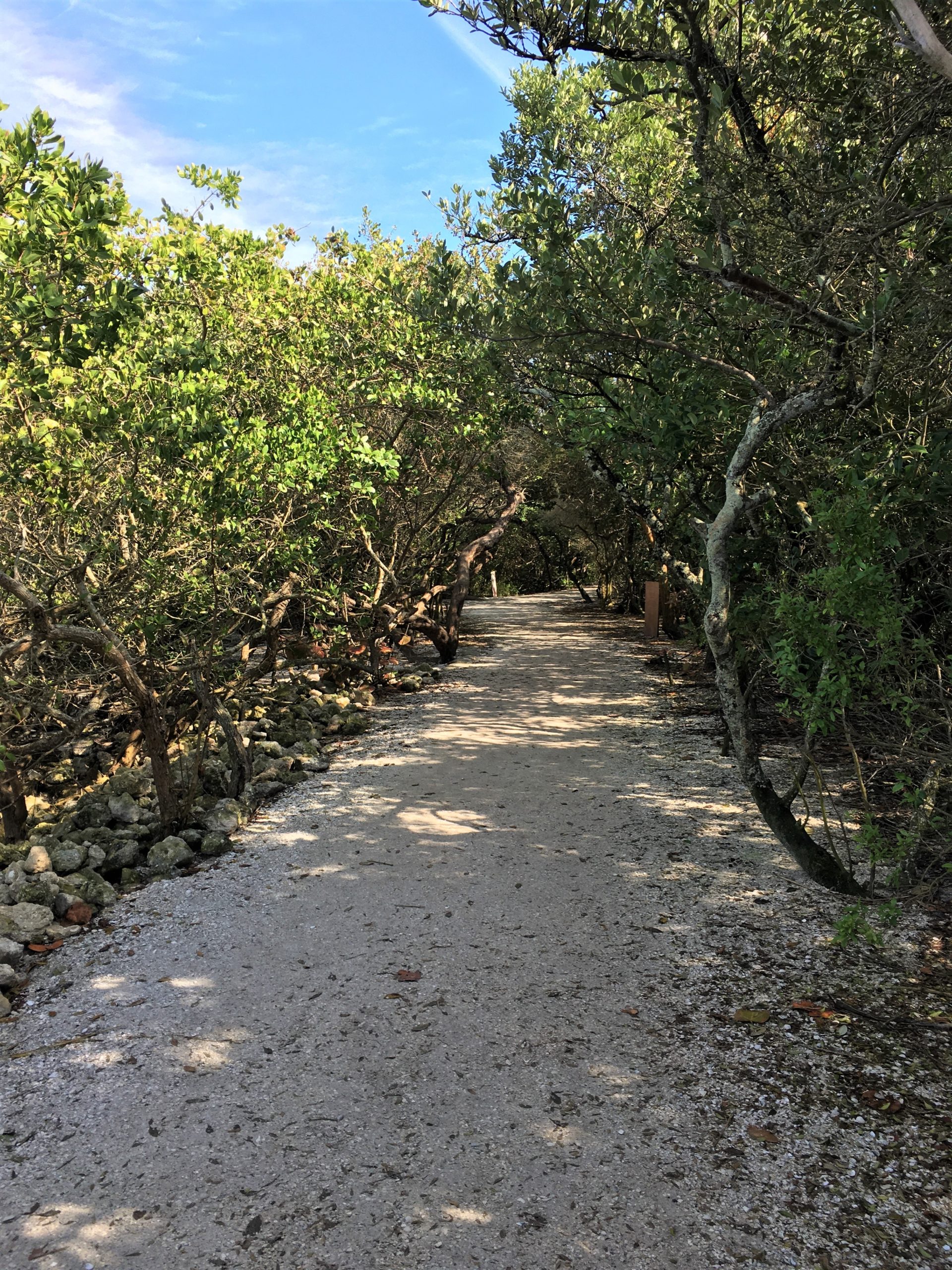
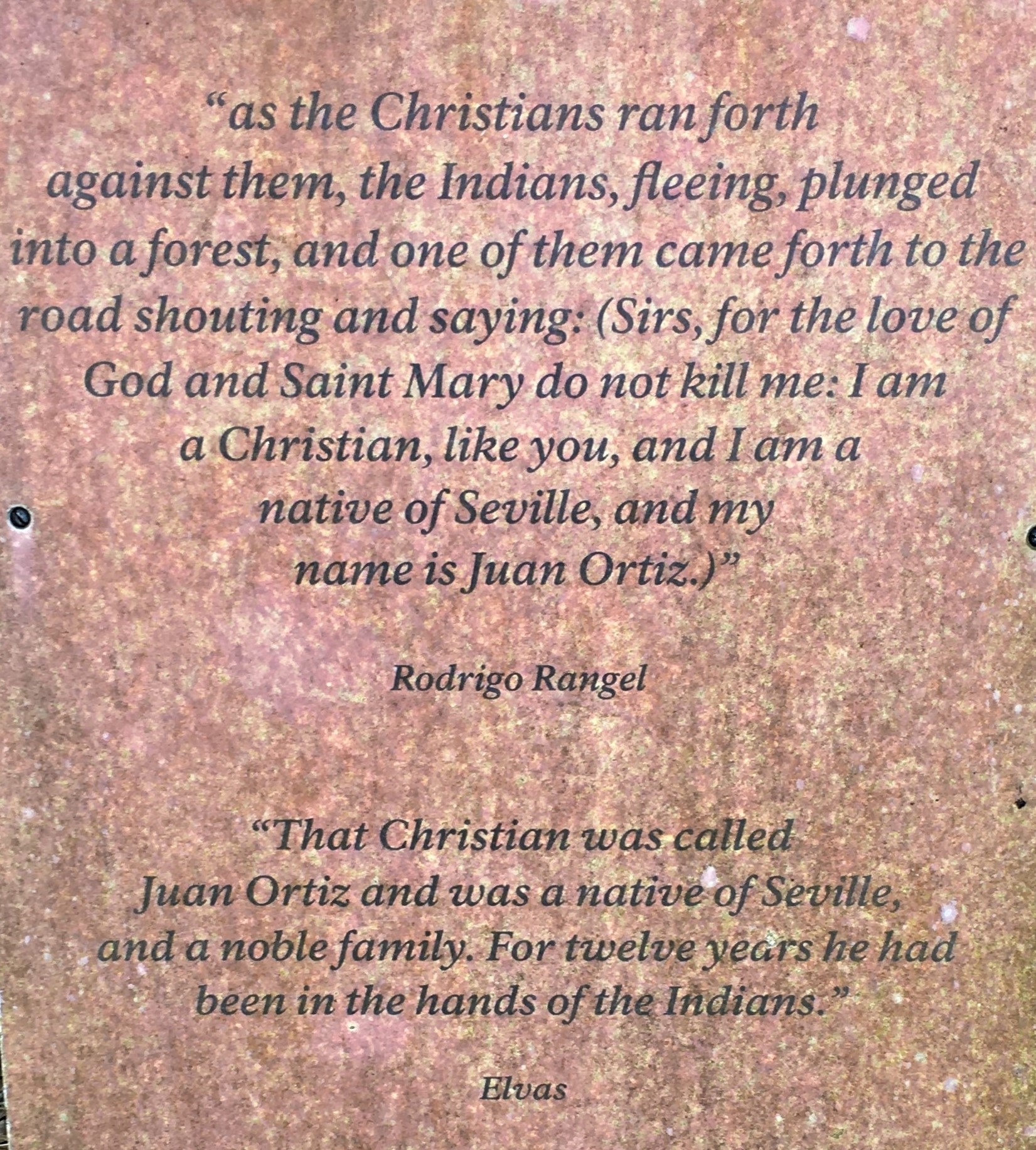
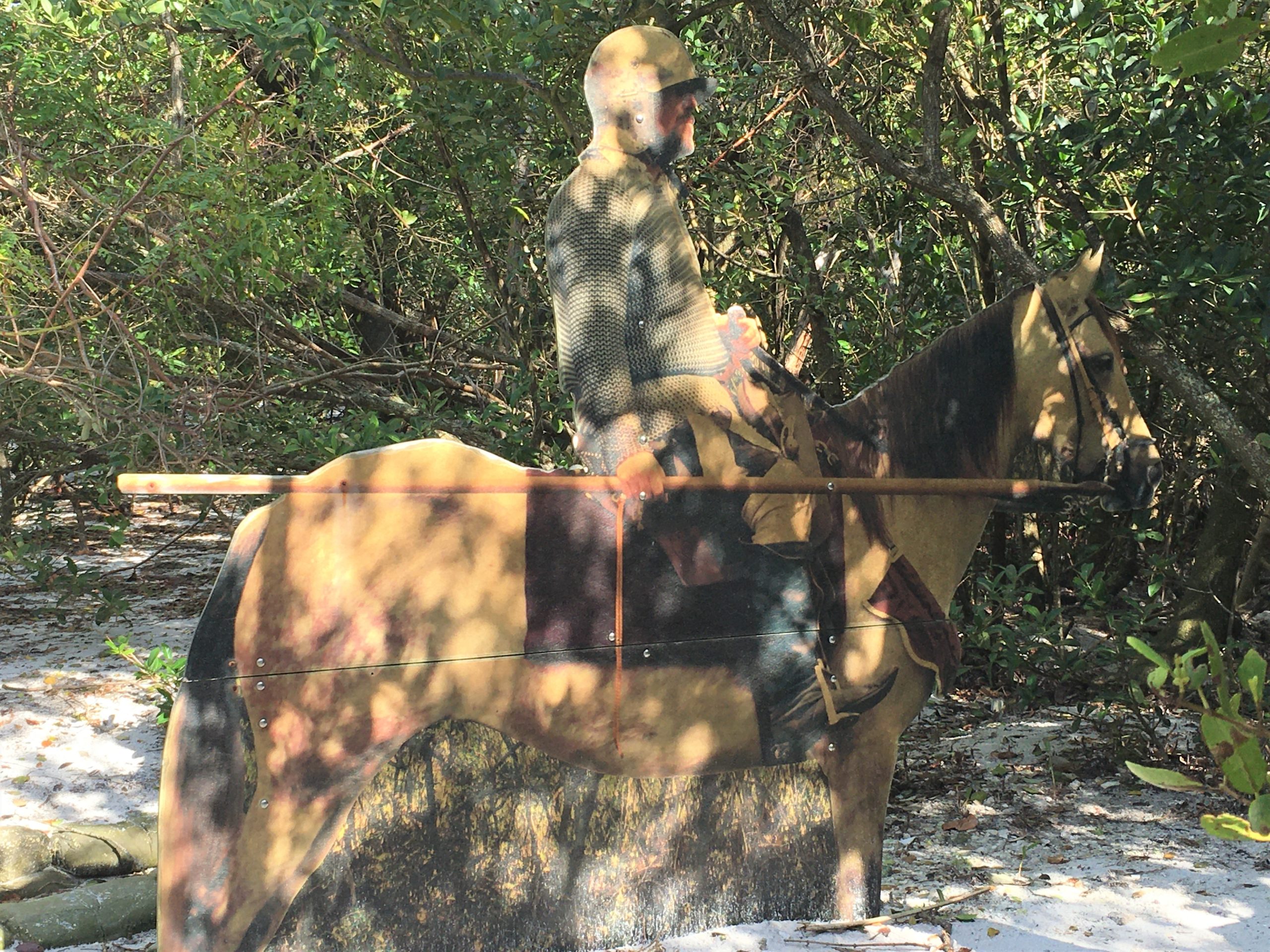
Bet kids love them! I did too.
What does that say about me? : )
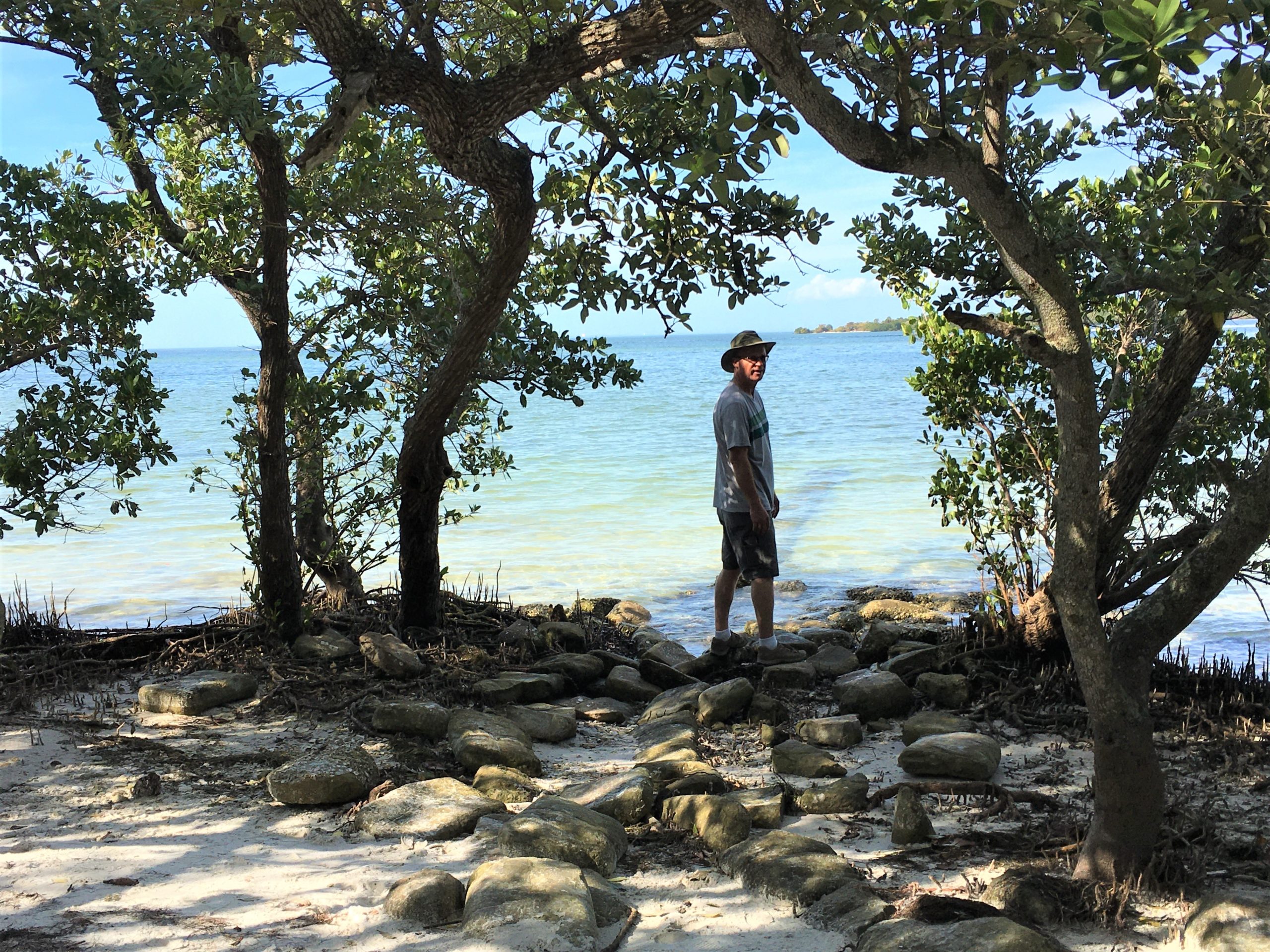

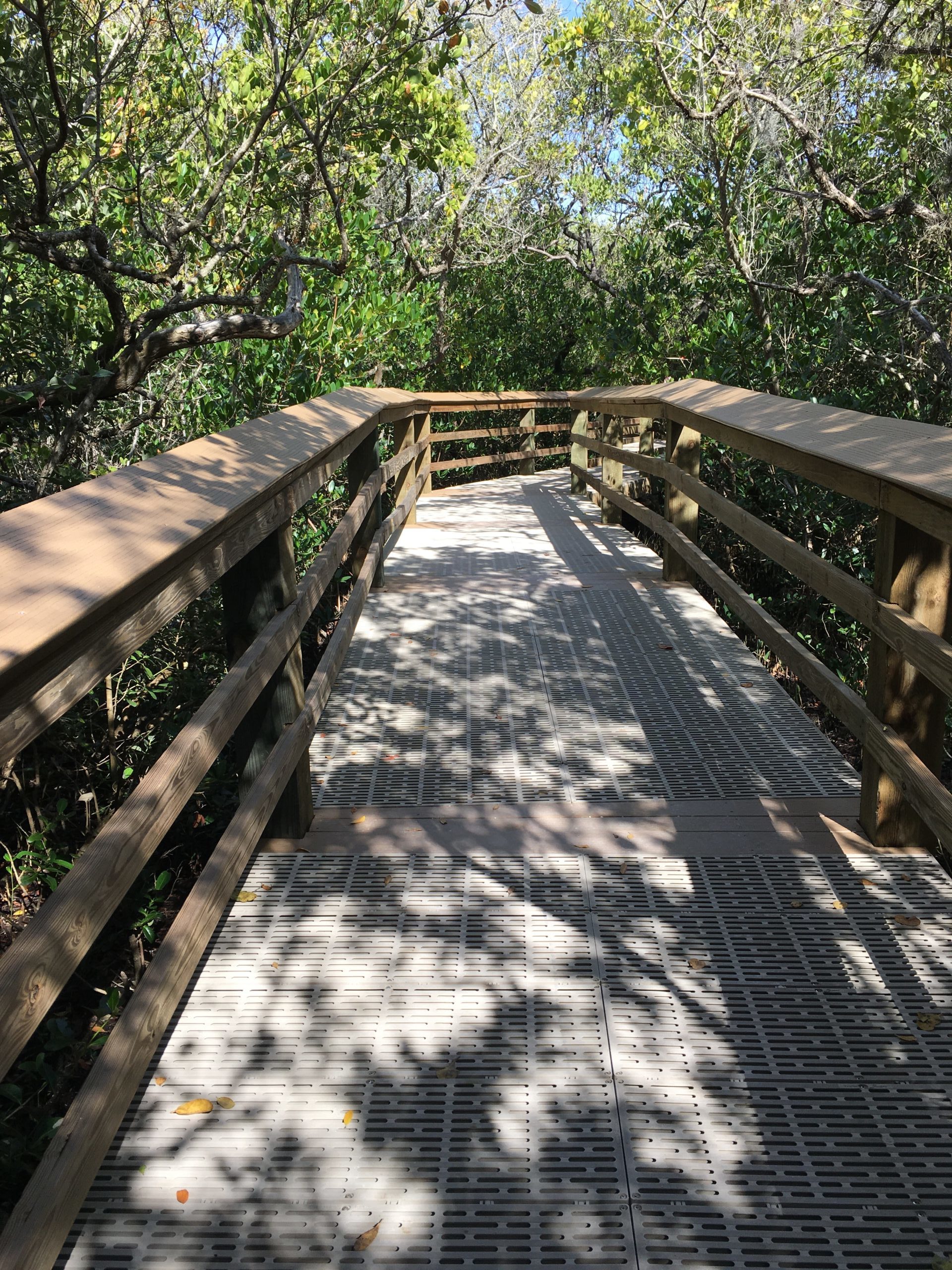
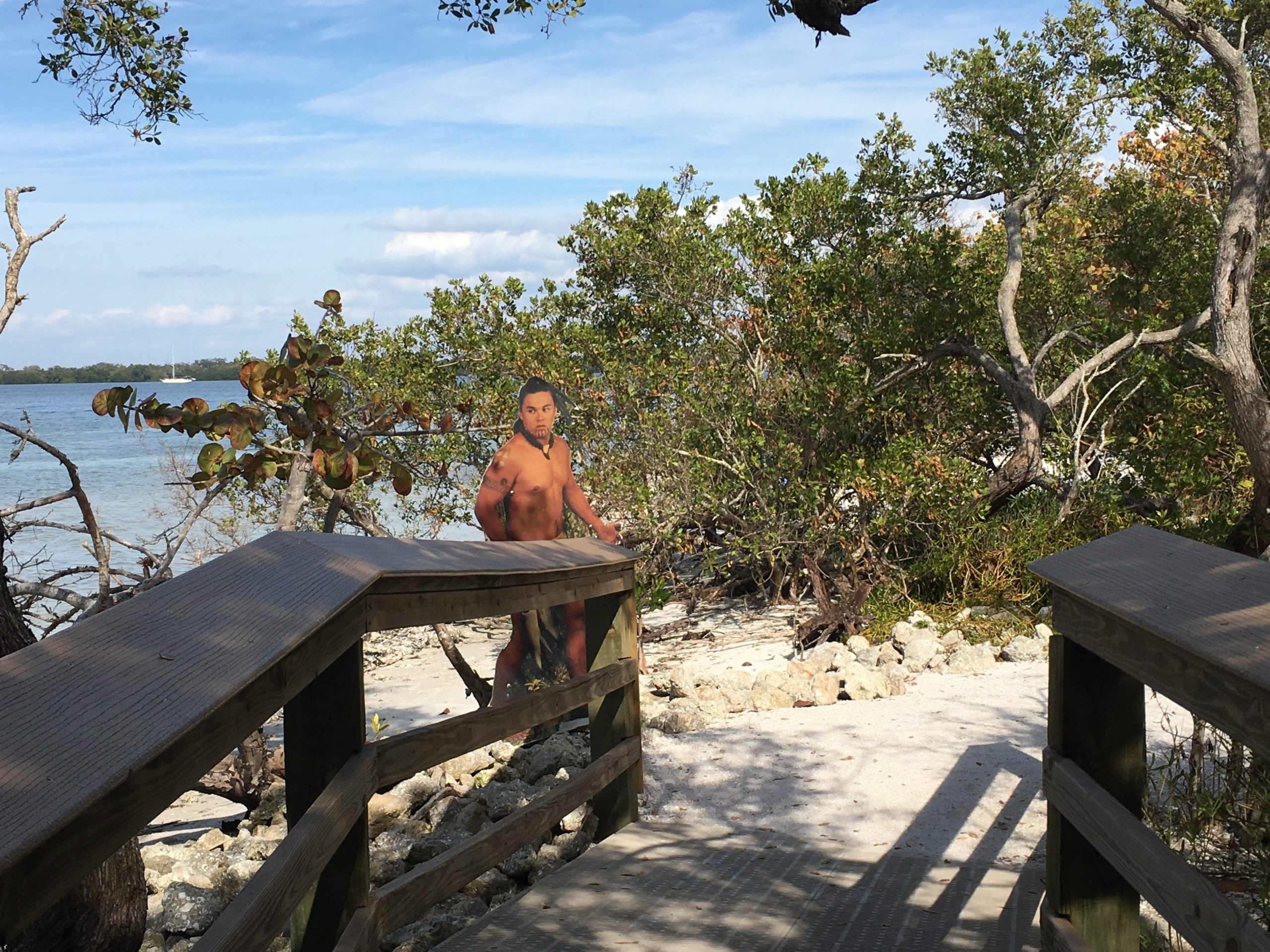
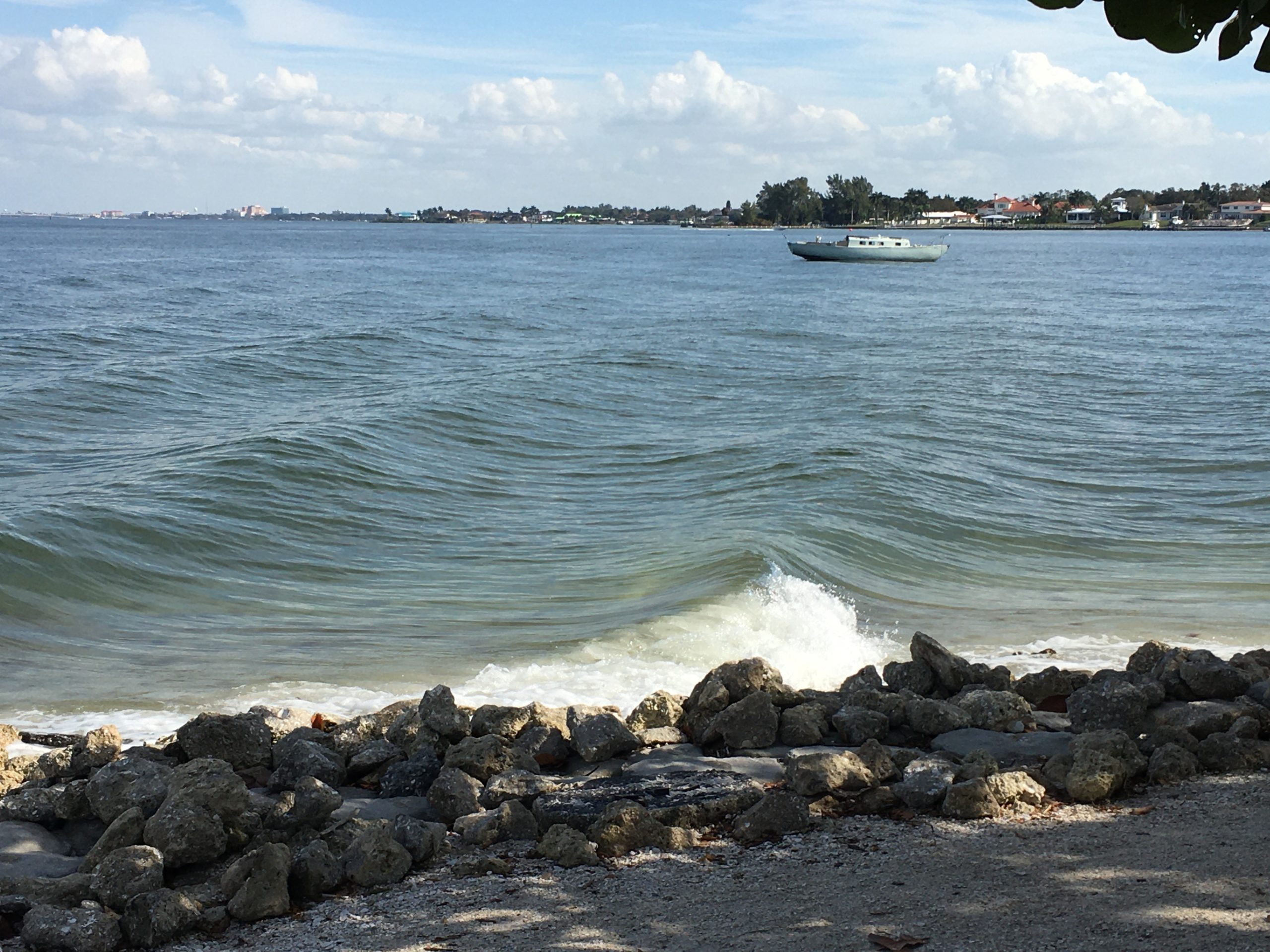
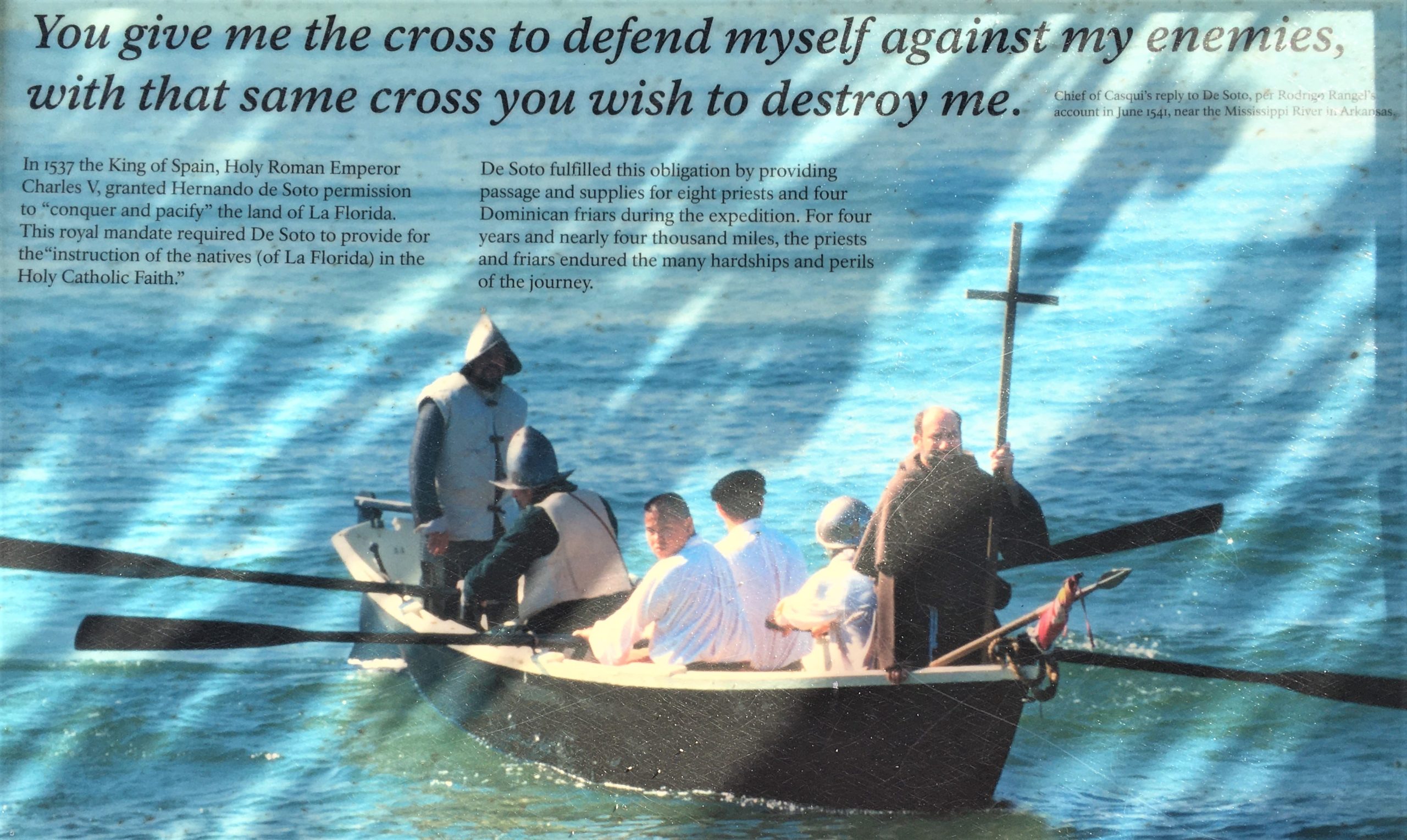
near the Mississippi River in Arkansas.
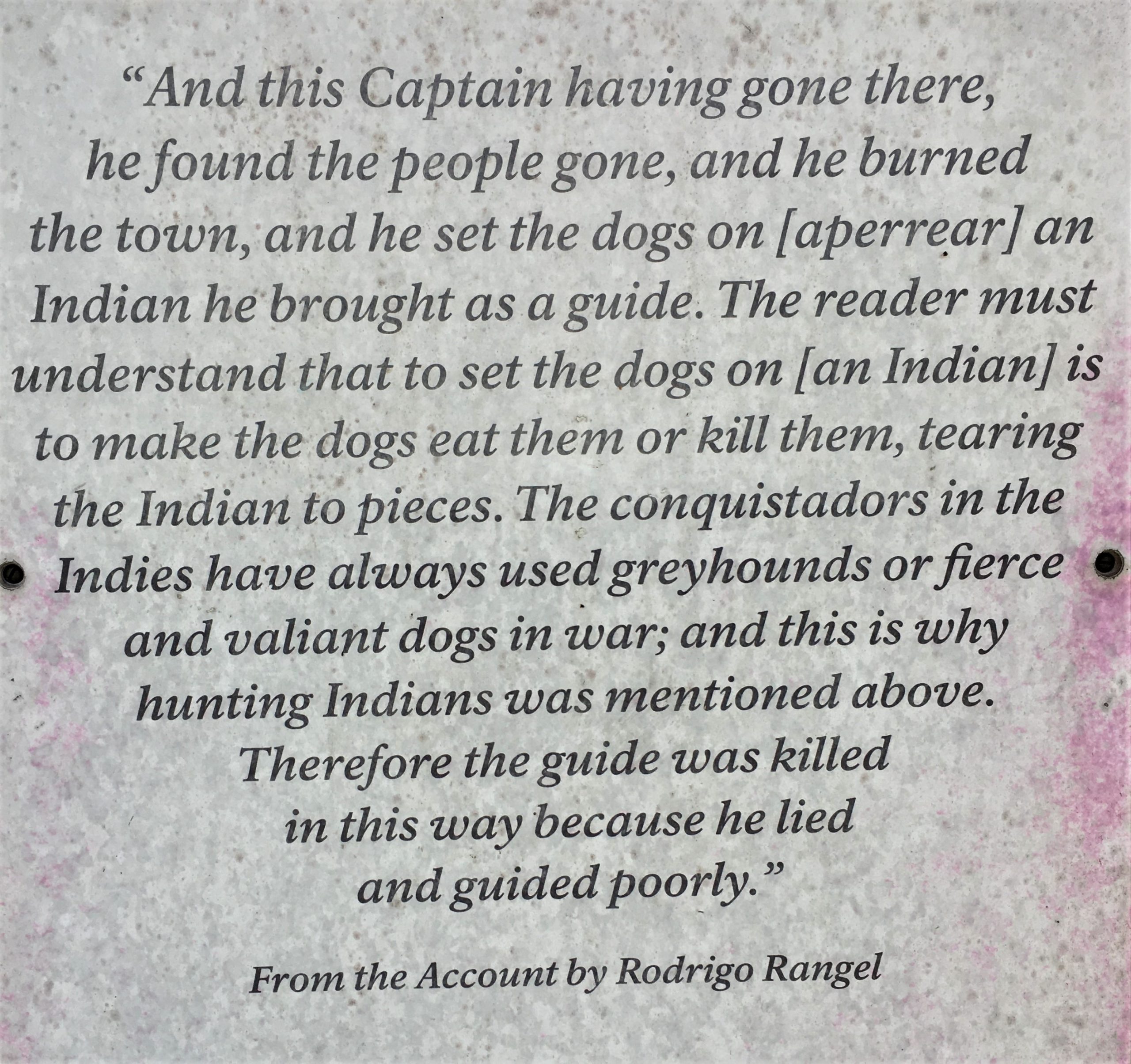
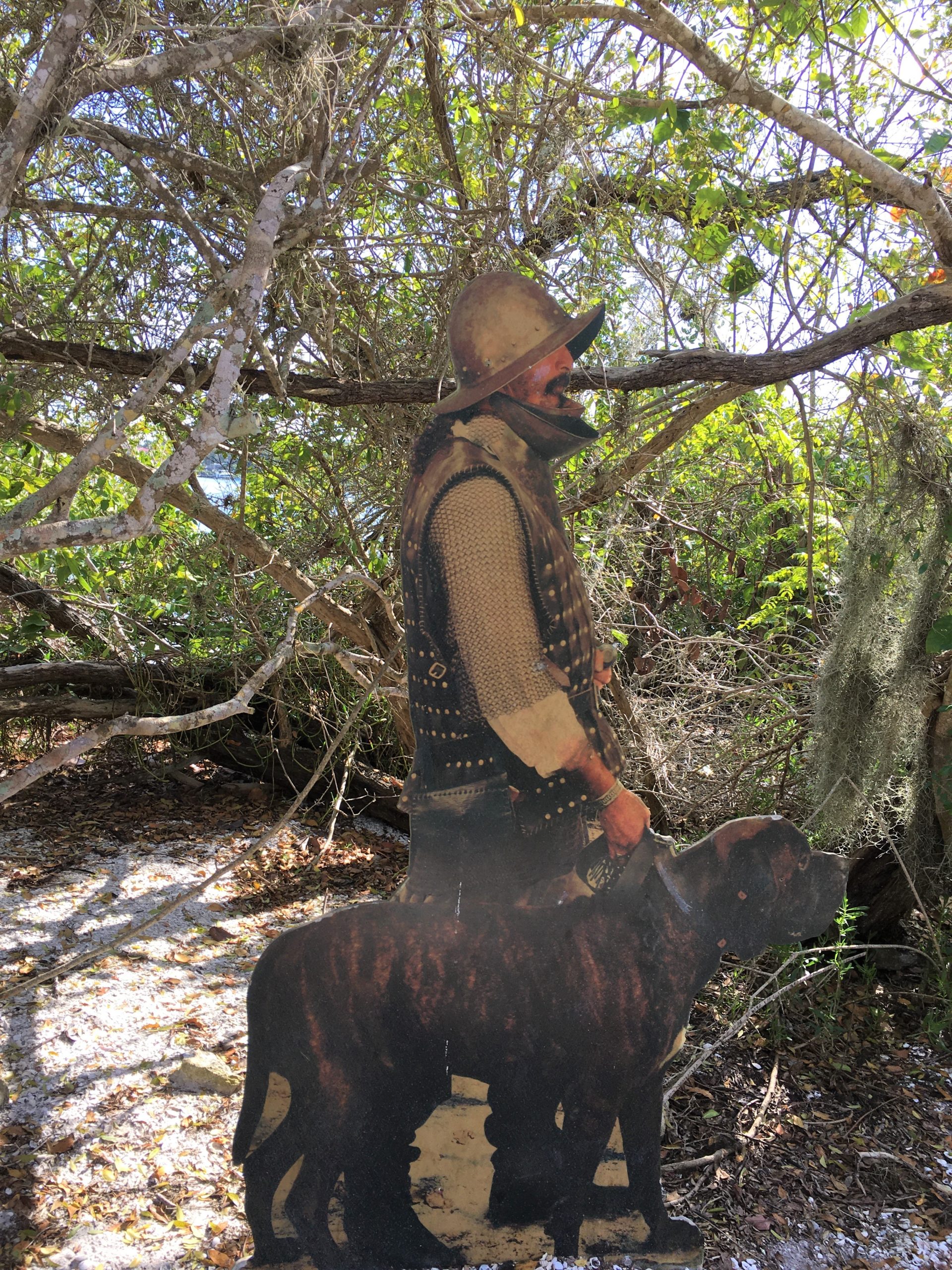
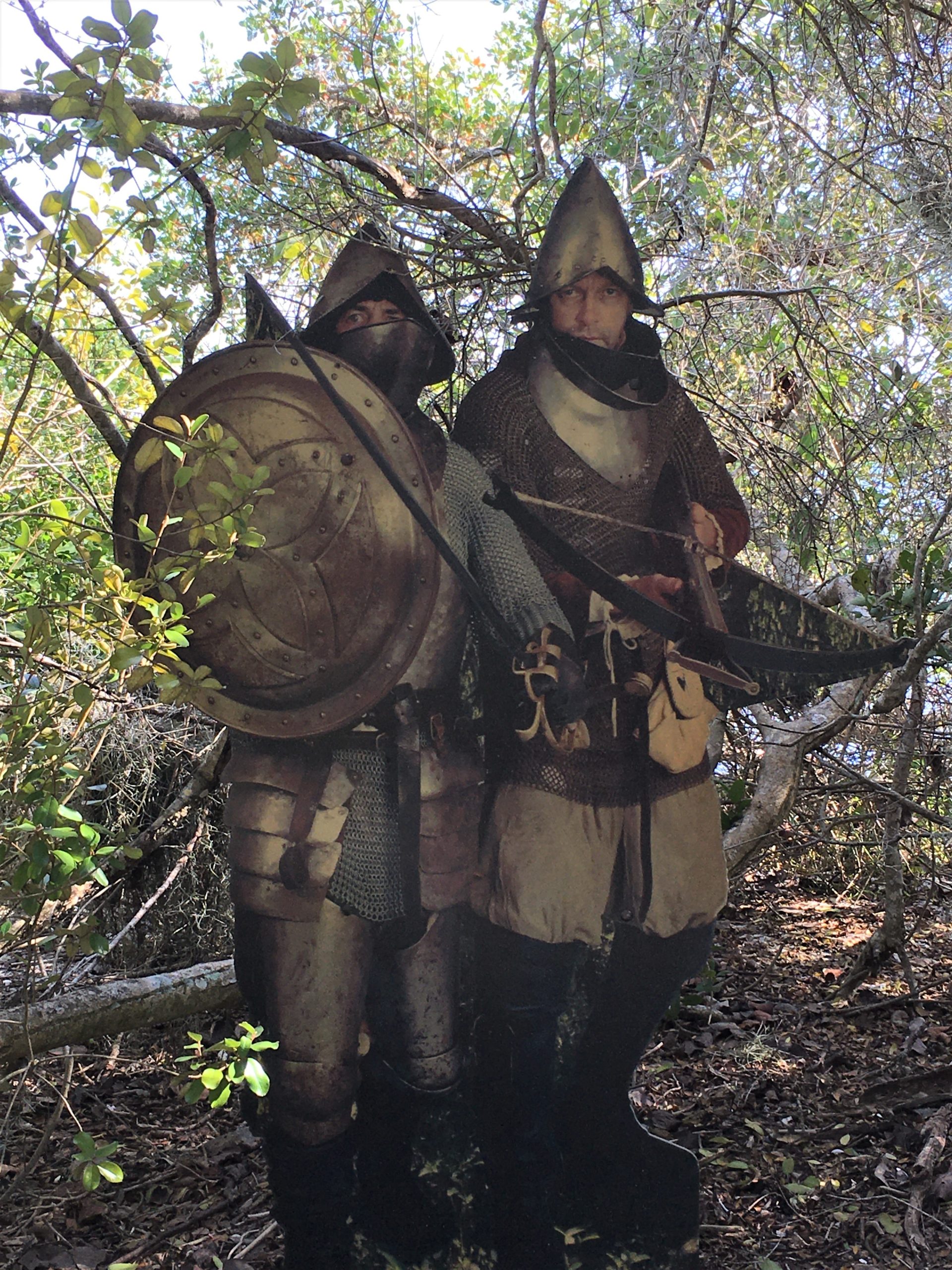
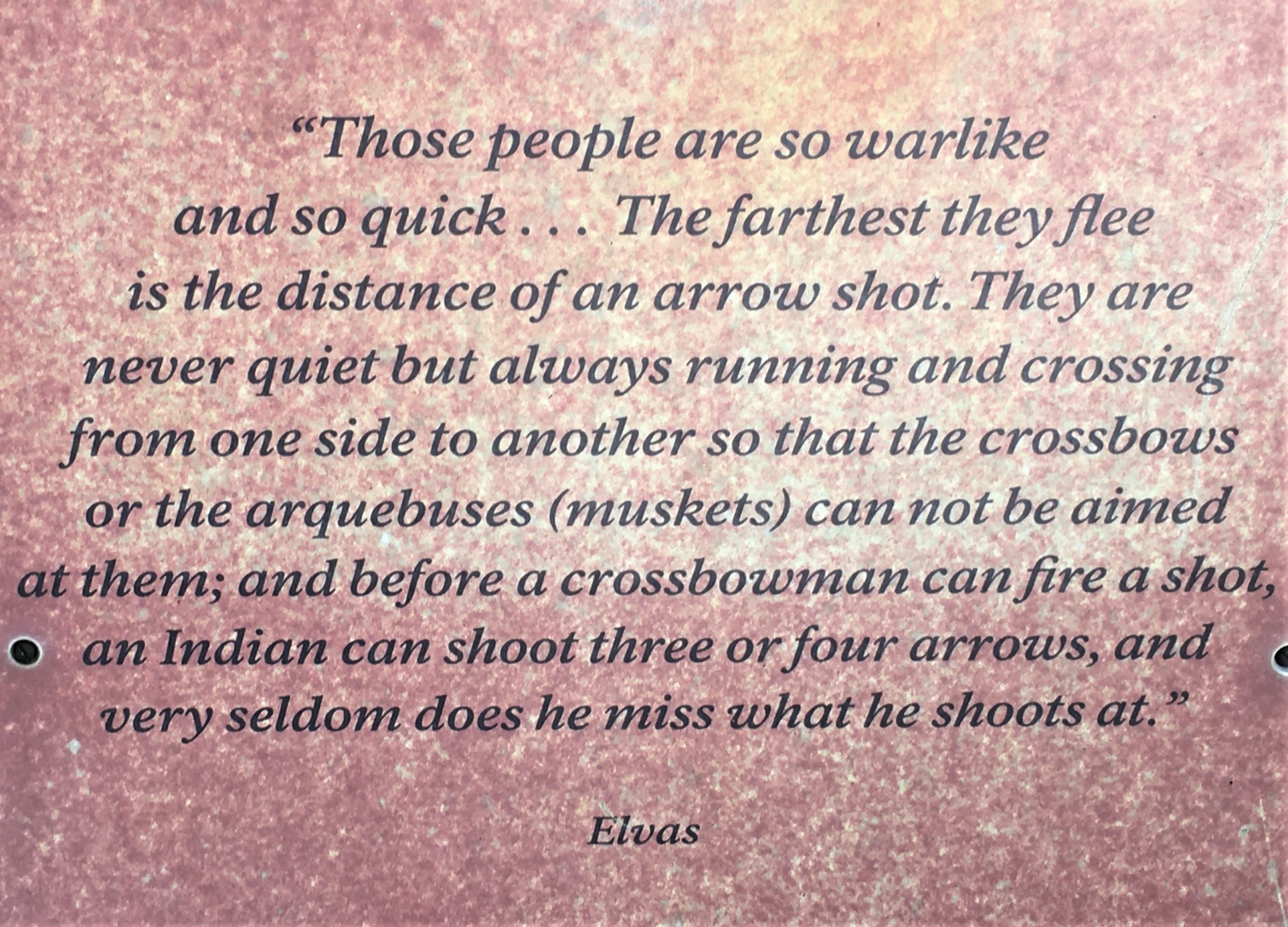
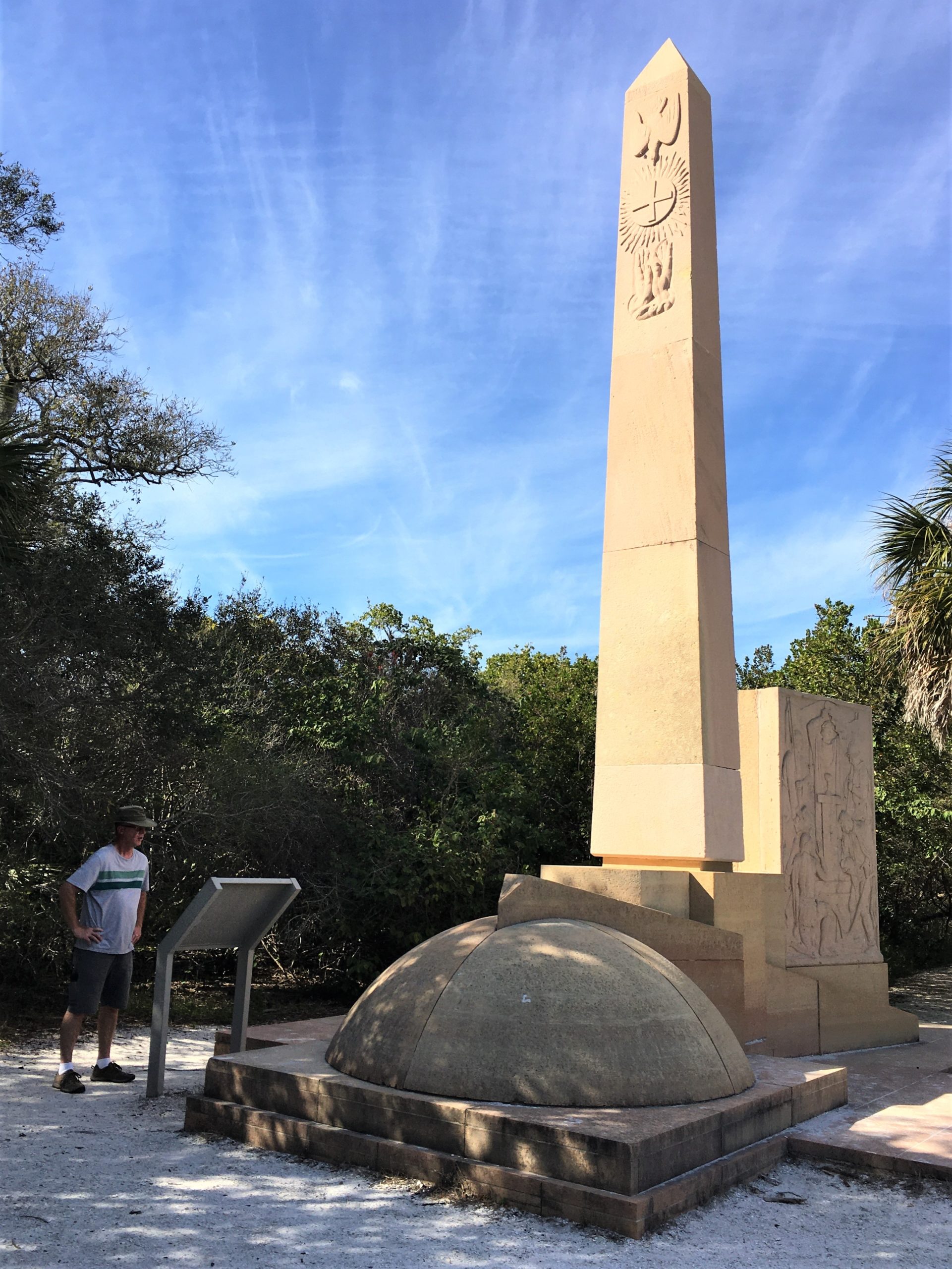
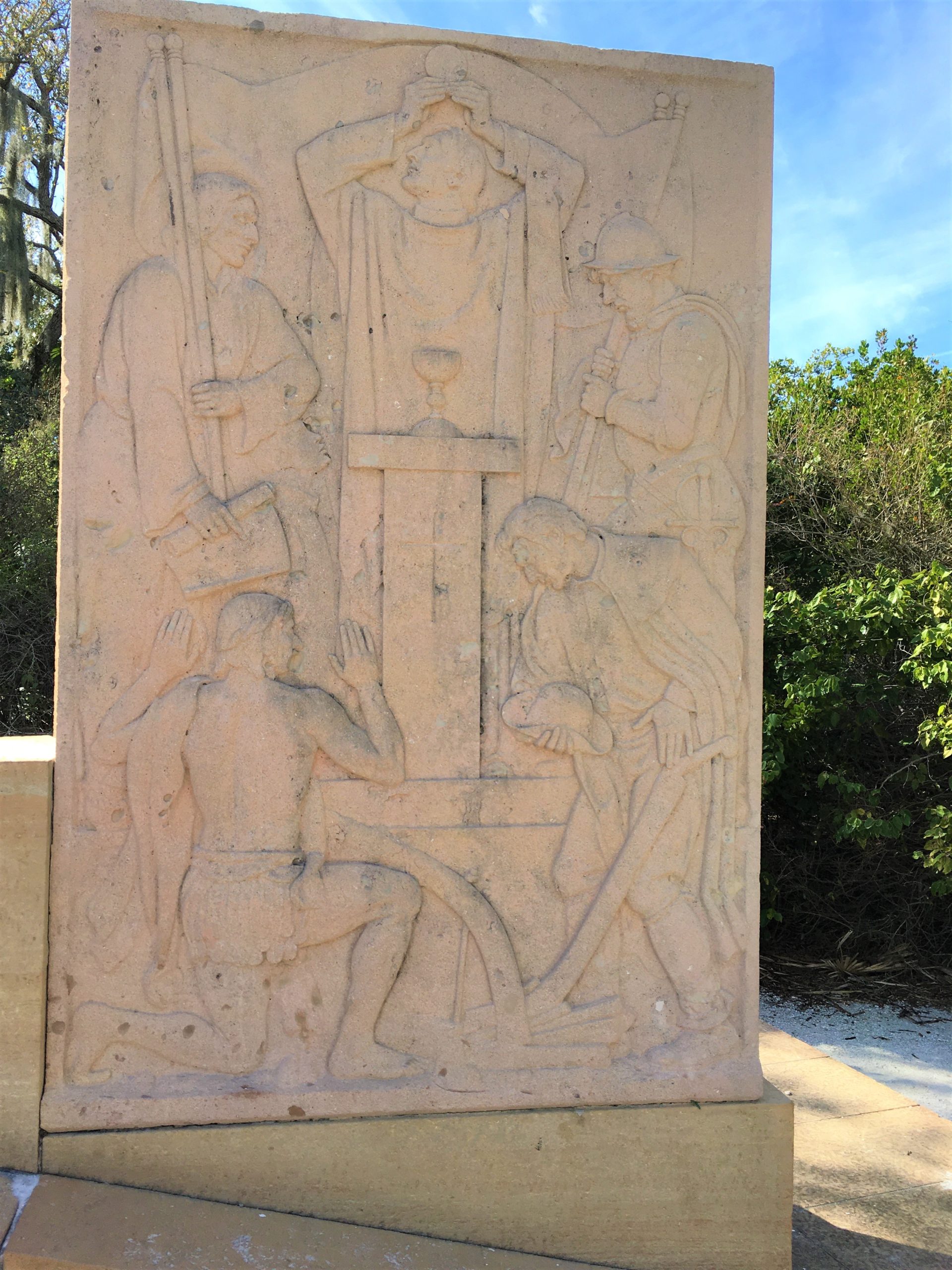
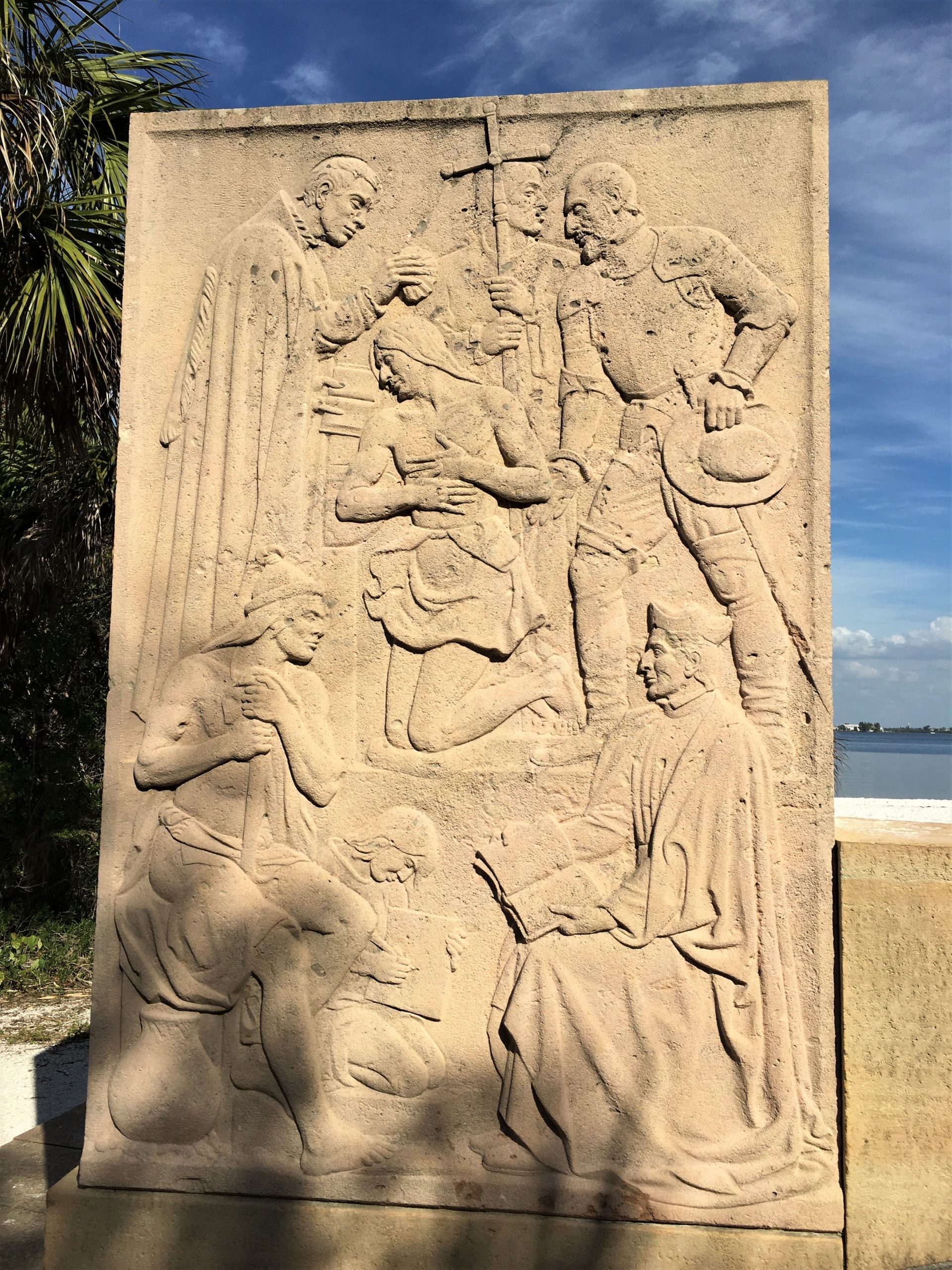


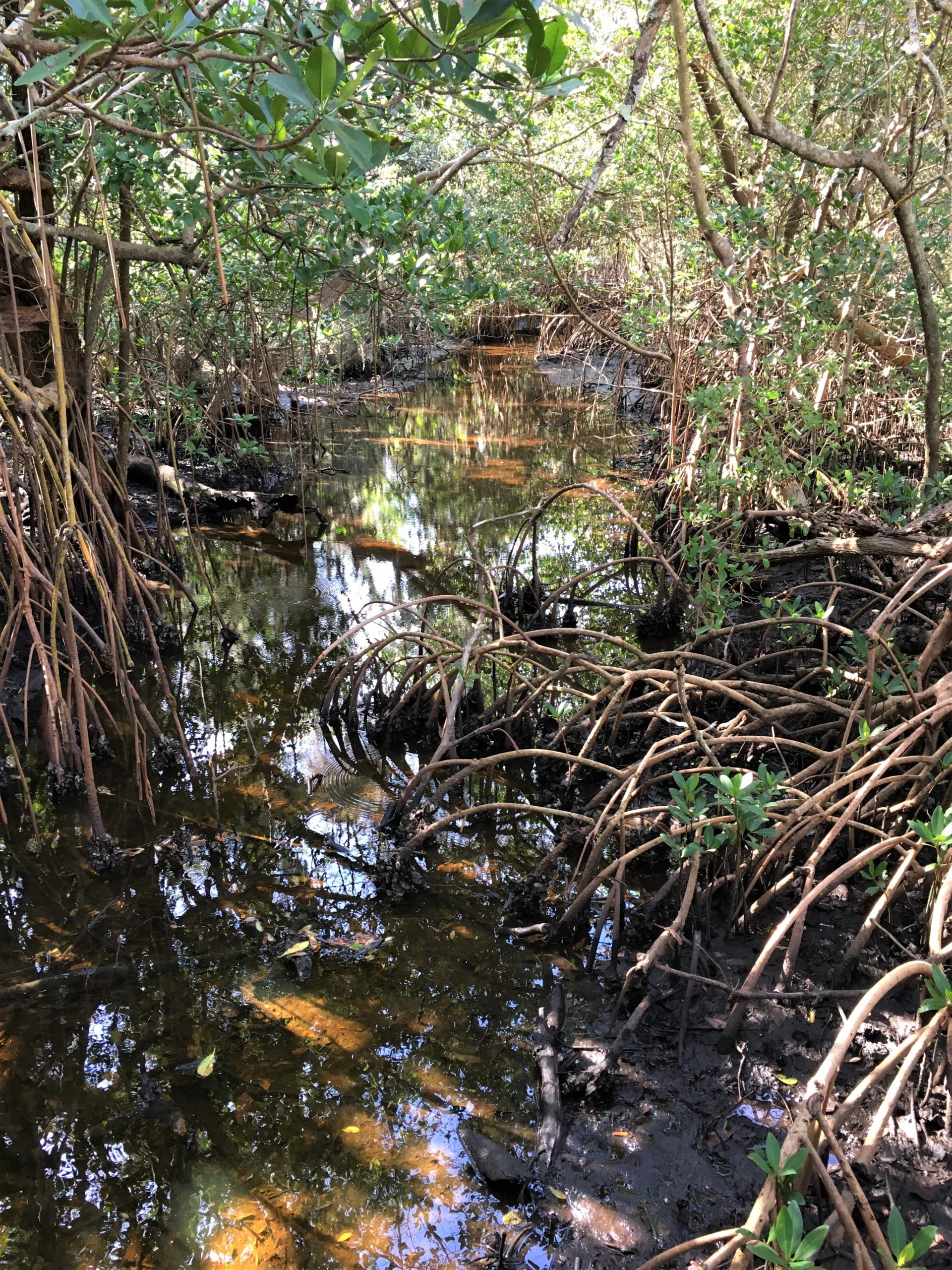
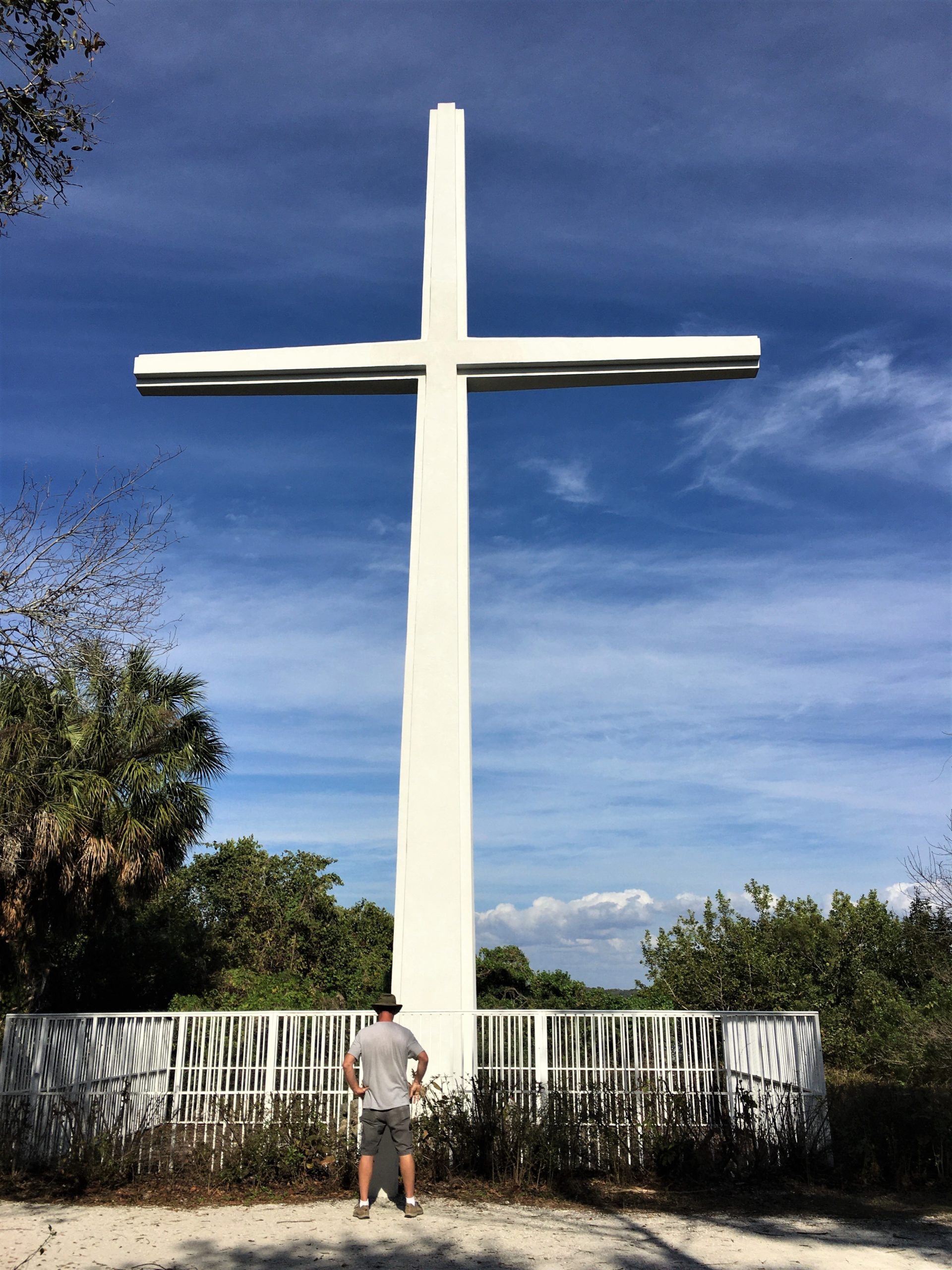
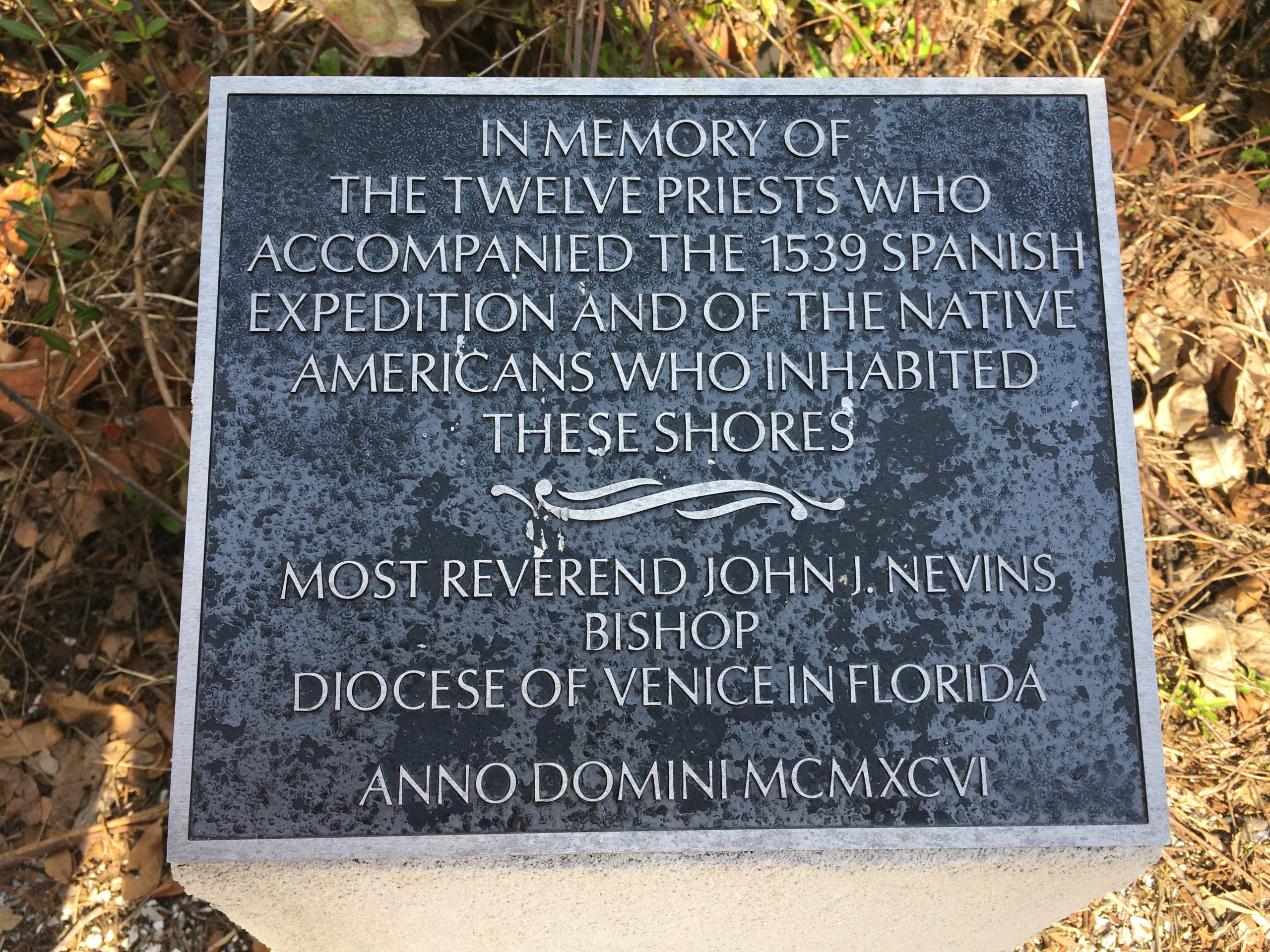
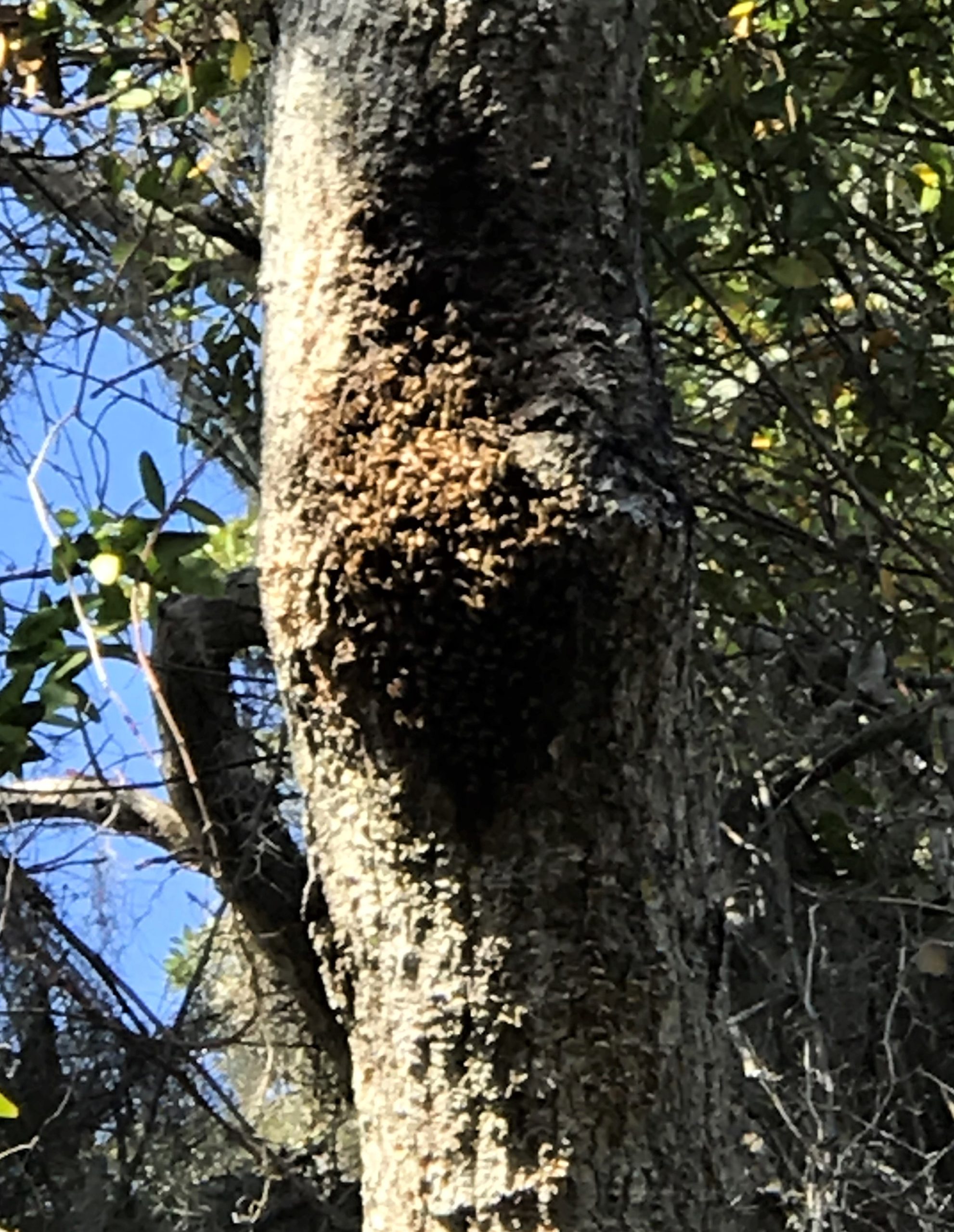
Back home, we had veggies to use up from the Super Bowl veggie pizza, so I turned them into Fried Rice for dinner. Yummmmm!!!! Thank you, Aunt Mitchi! (MEET-Chee) She’s my Okinawan aunt who’s married to my Uncle Butch, Mom’s brother. She taught me how to make a few Asian dishes over the years, and they’re all delicious! I did NOT learn how to make the icky ones – like fish head soup and kimchi.
And we ended our day with a gorgeous sunset! Thank You, Father!
